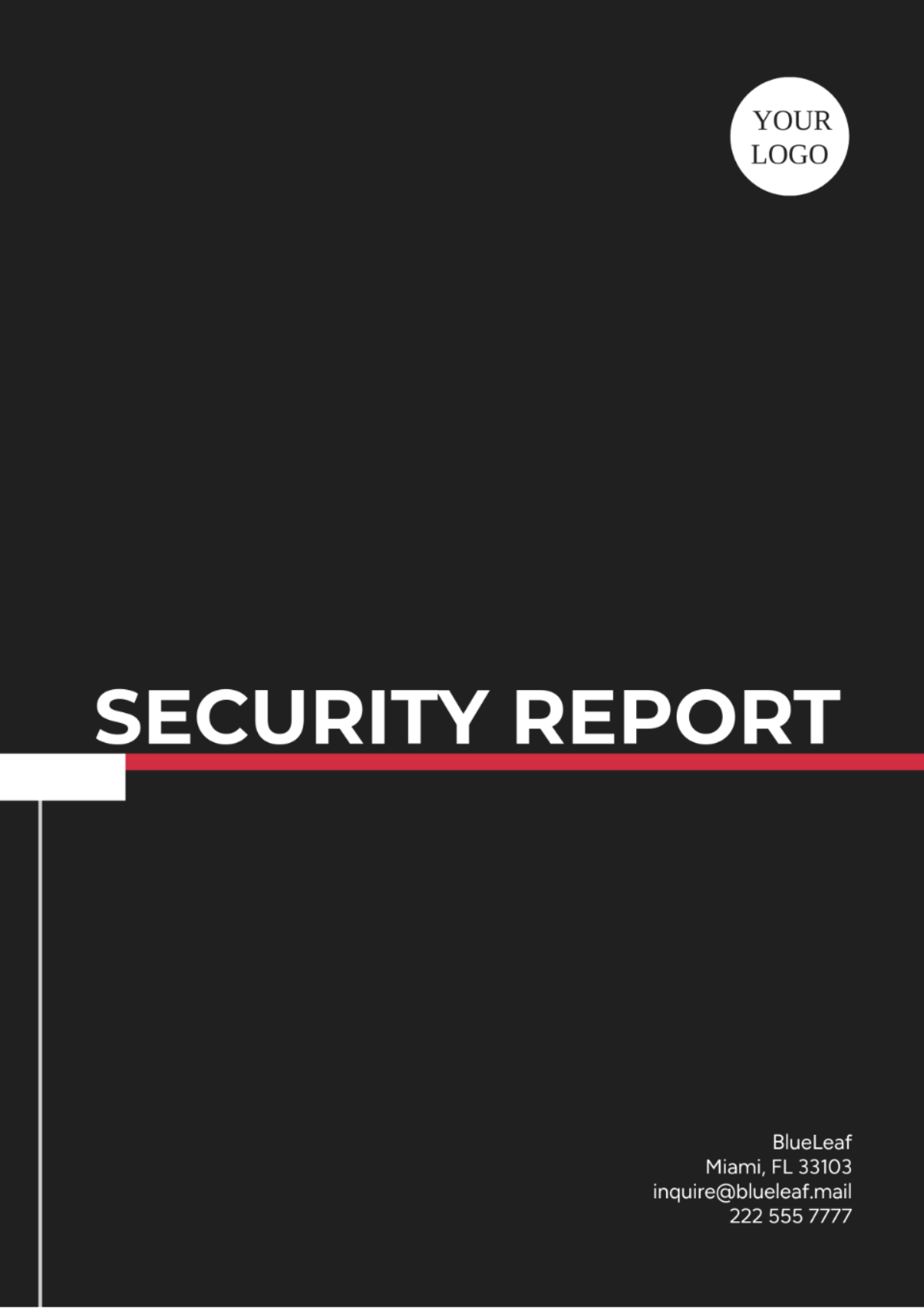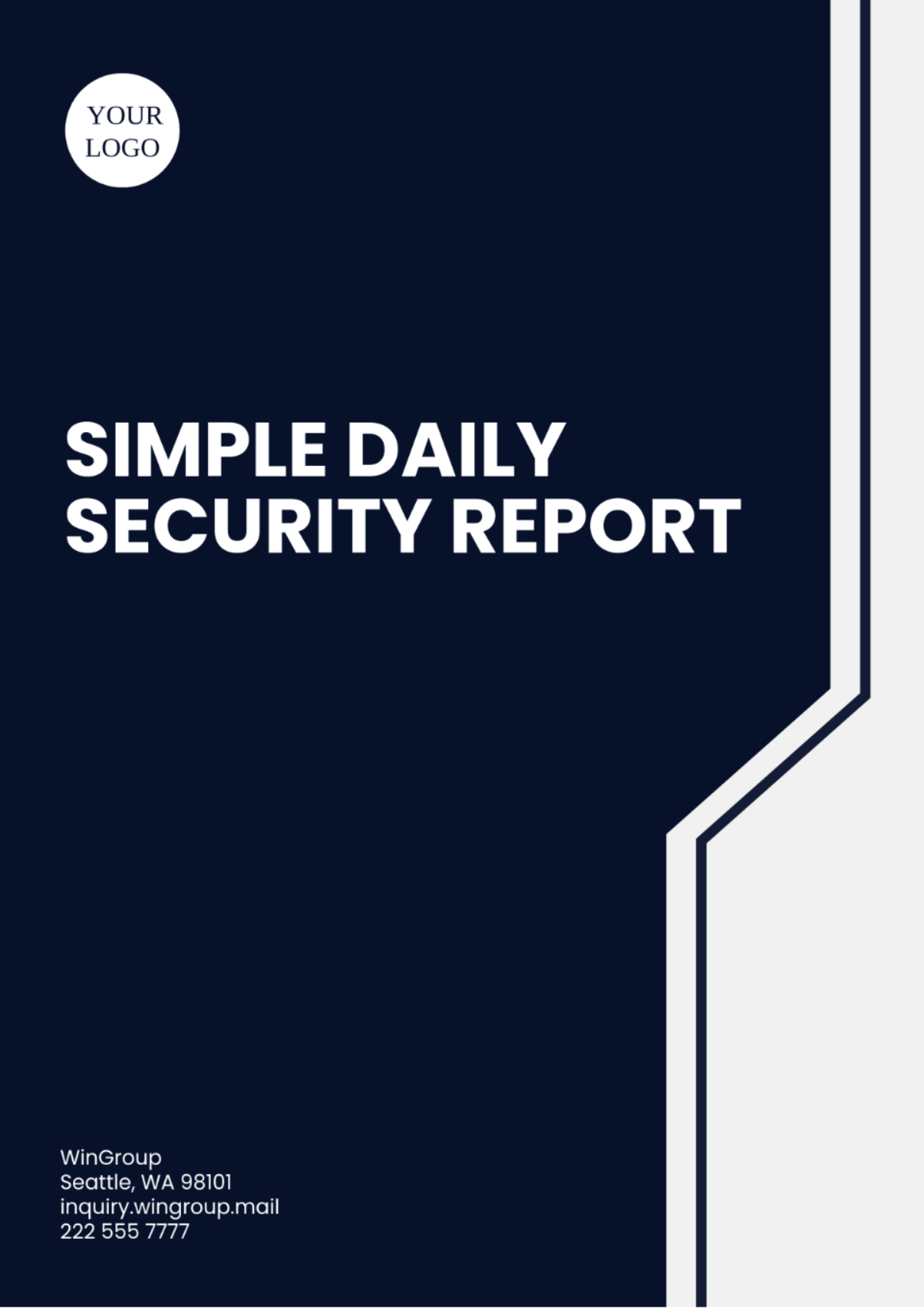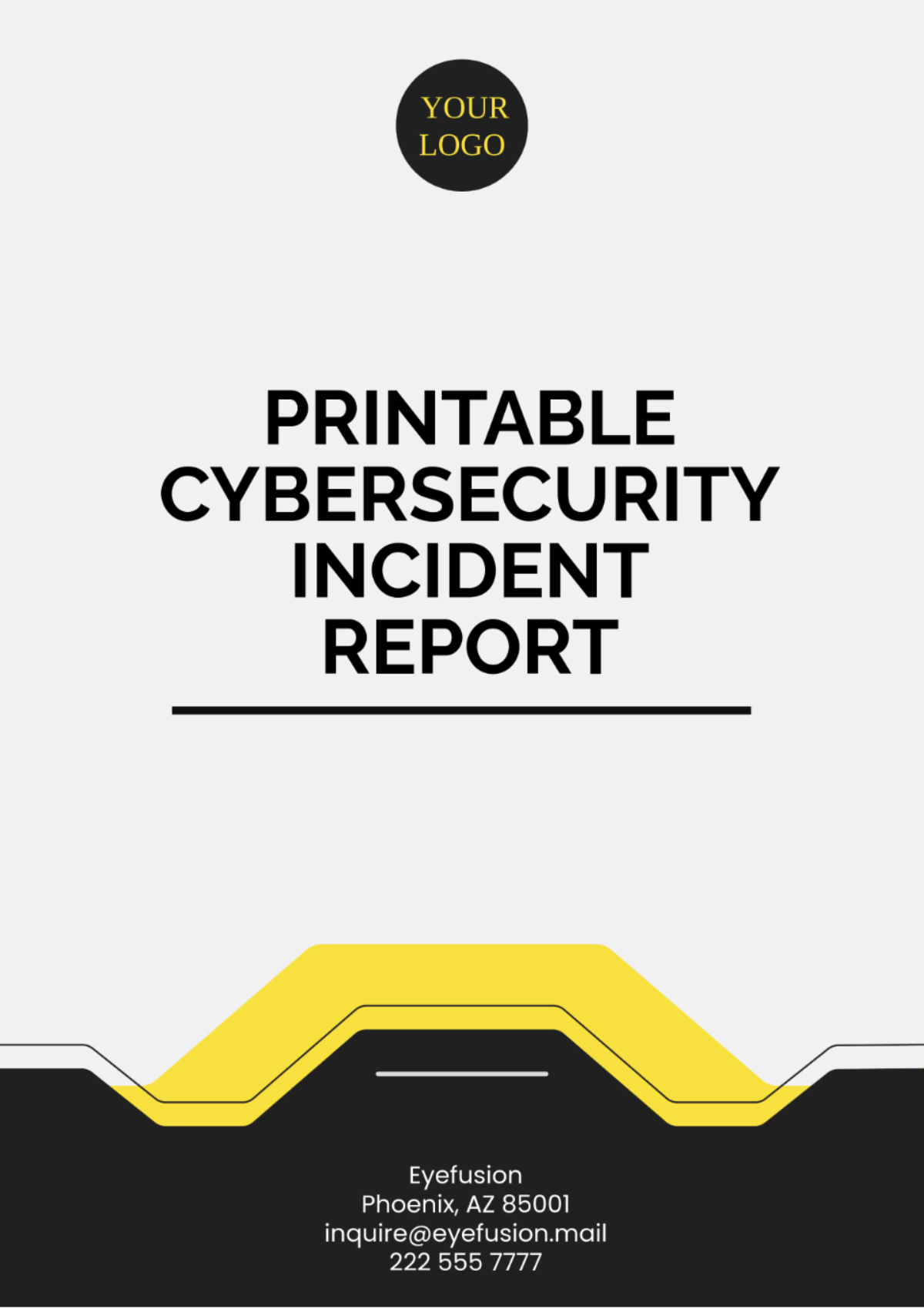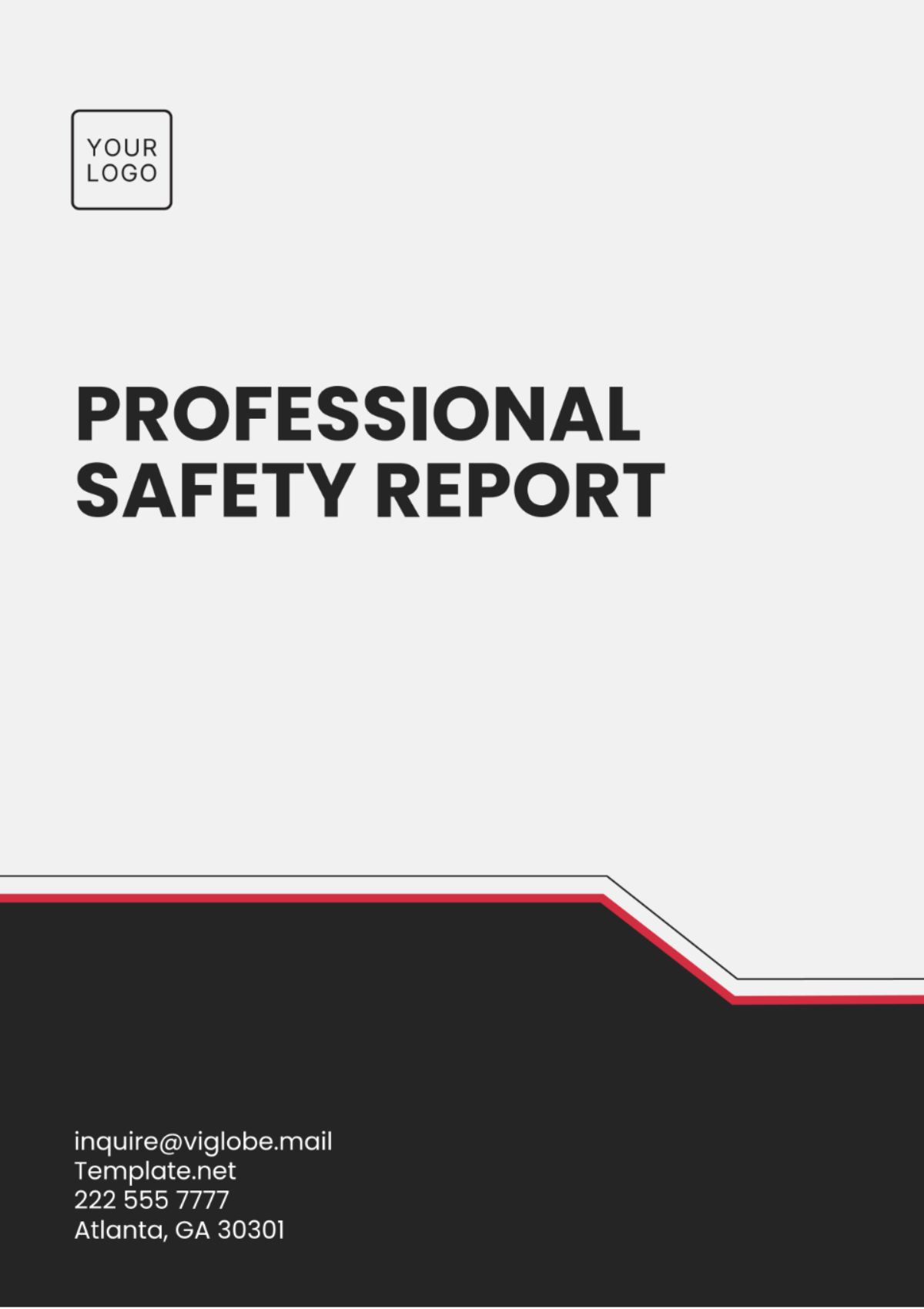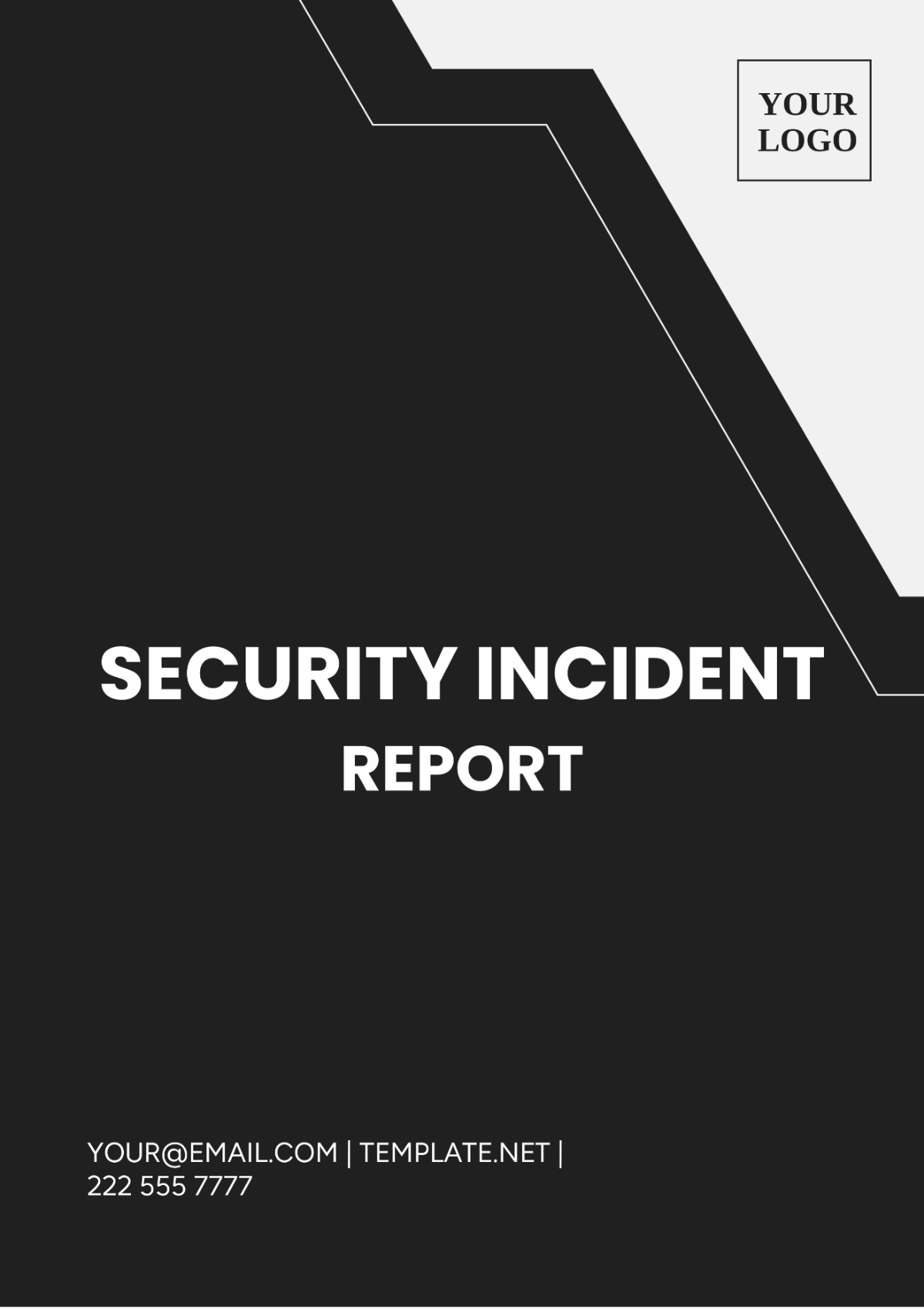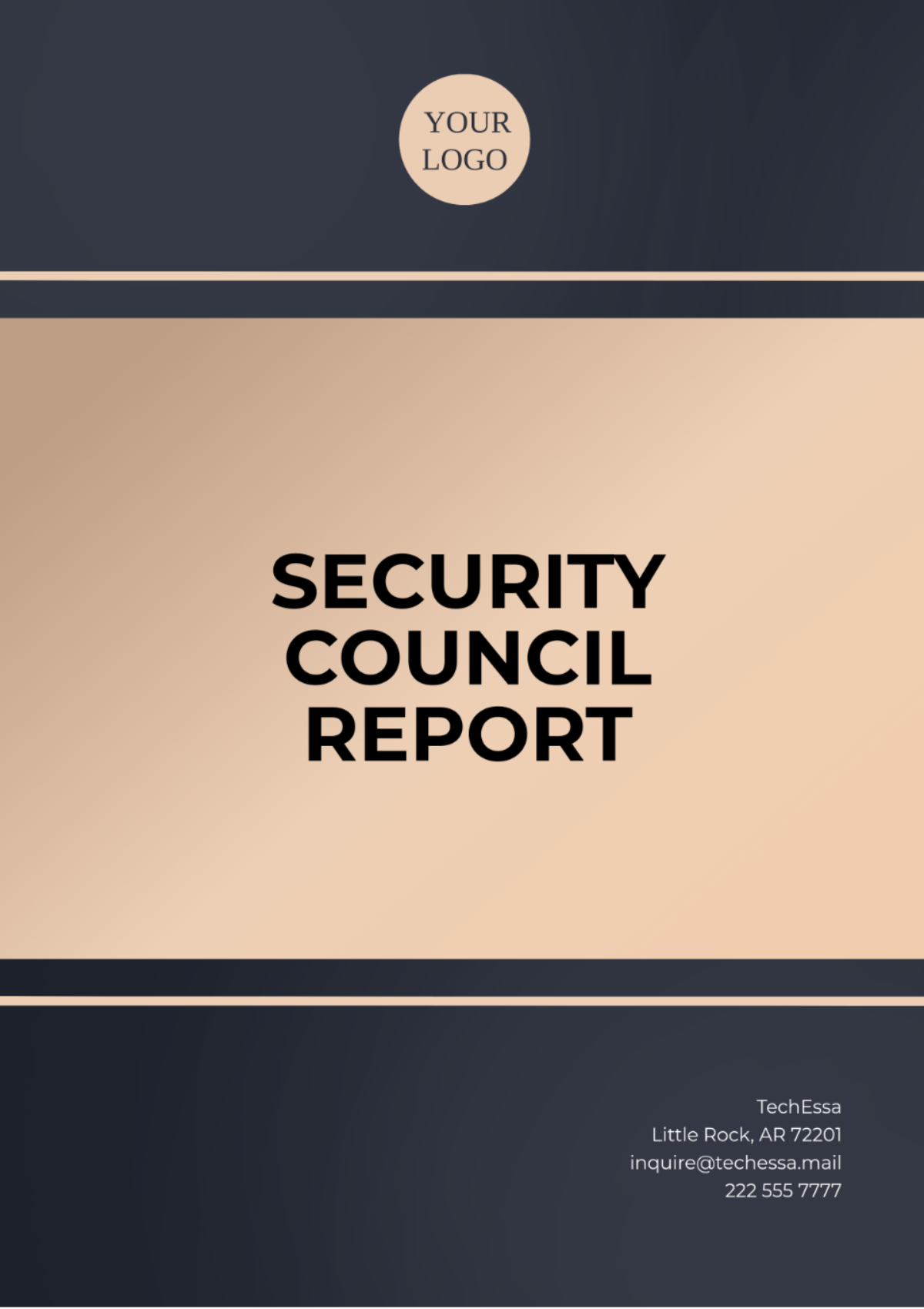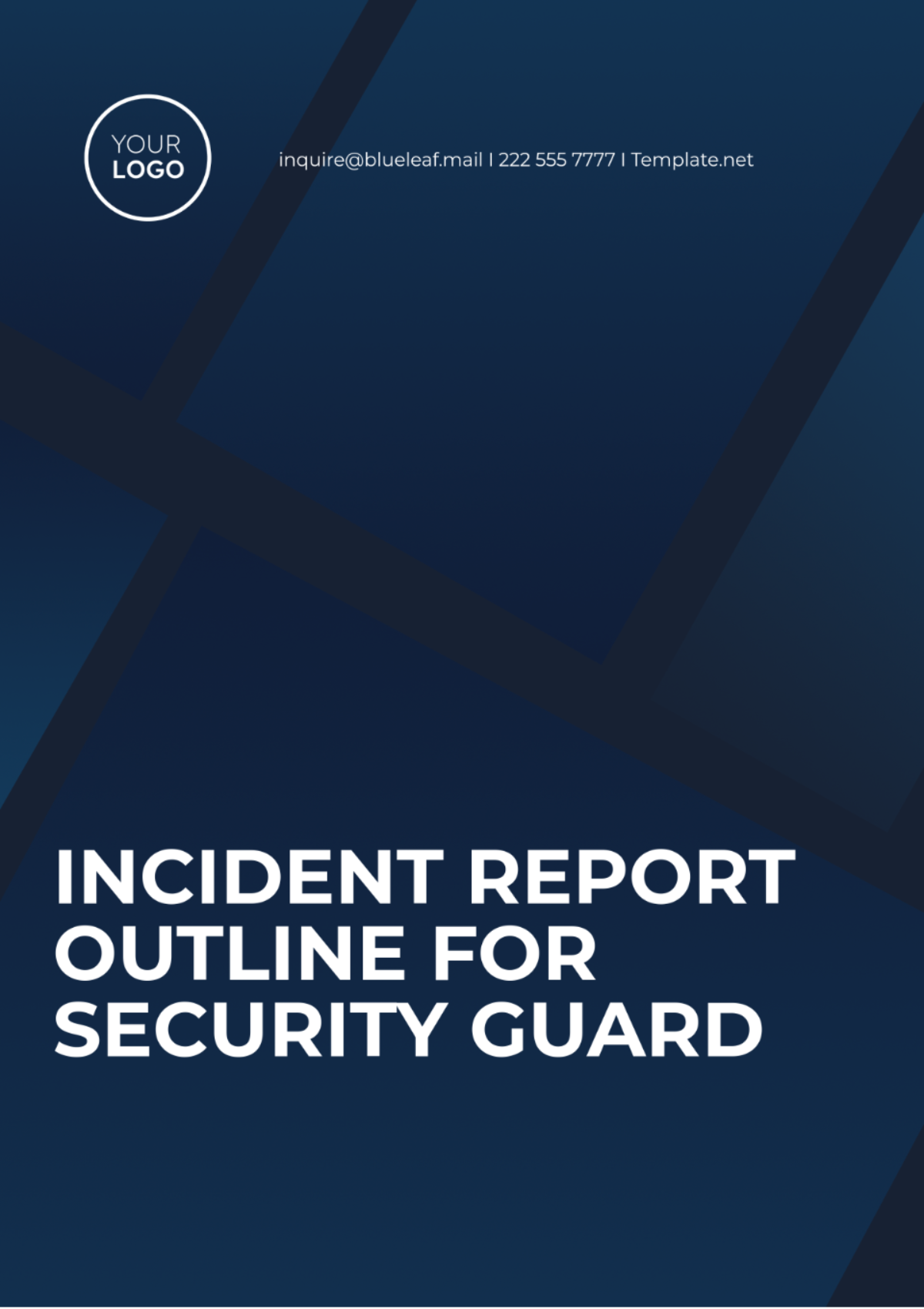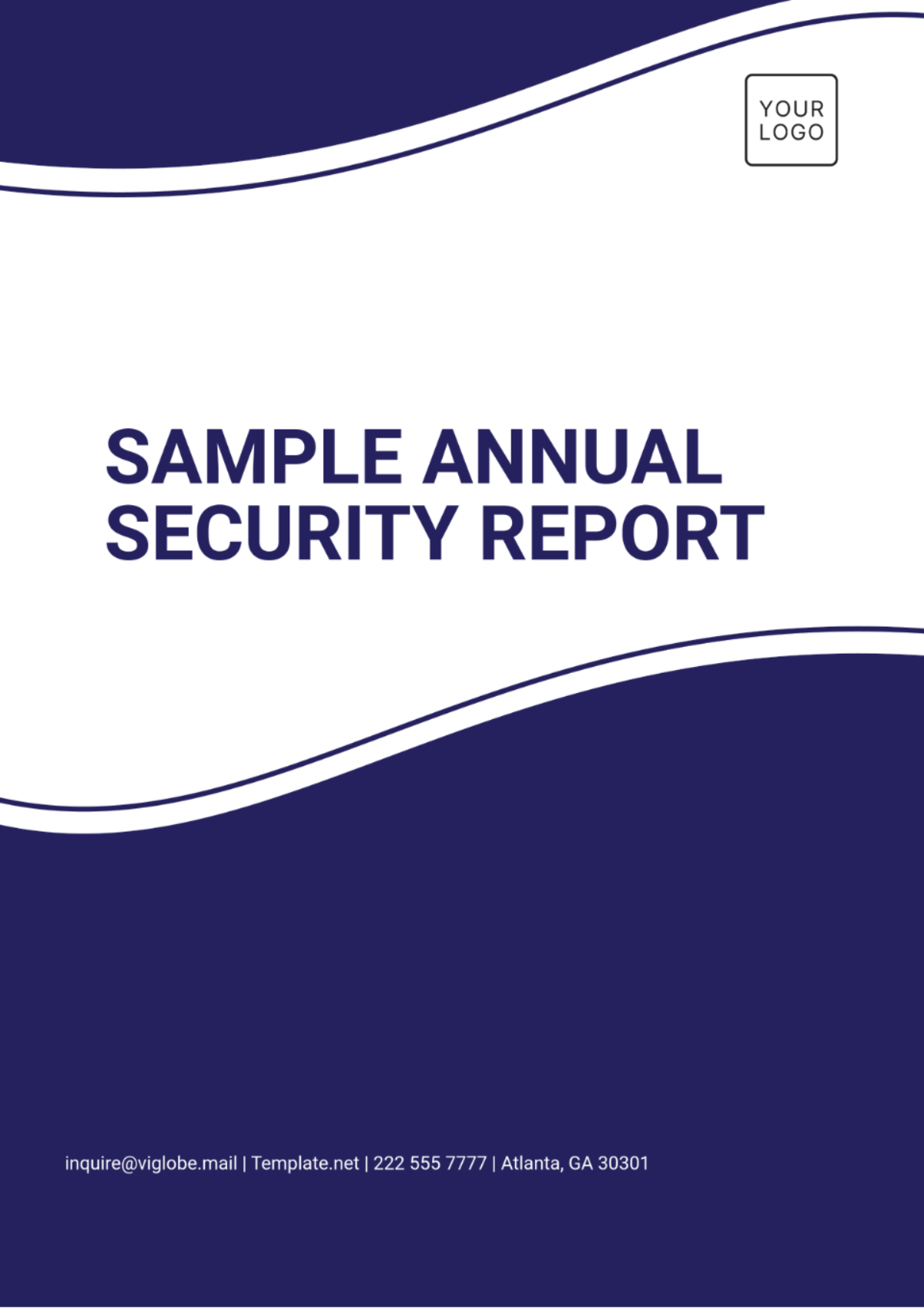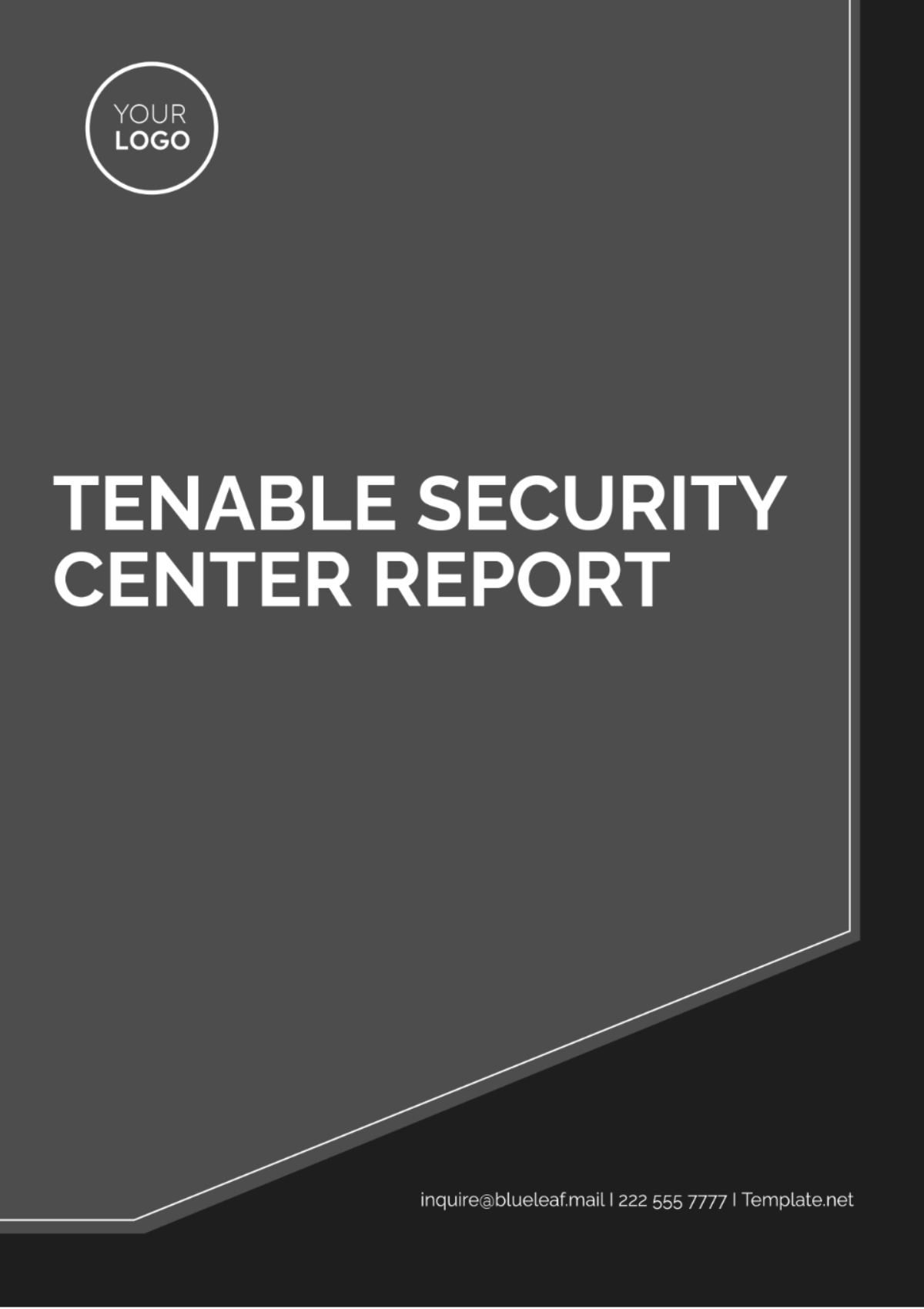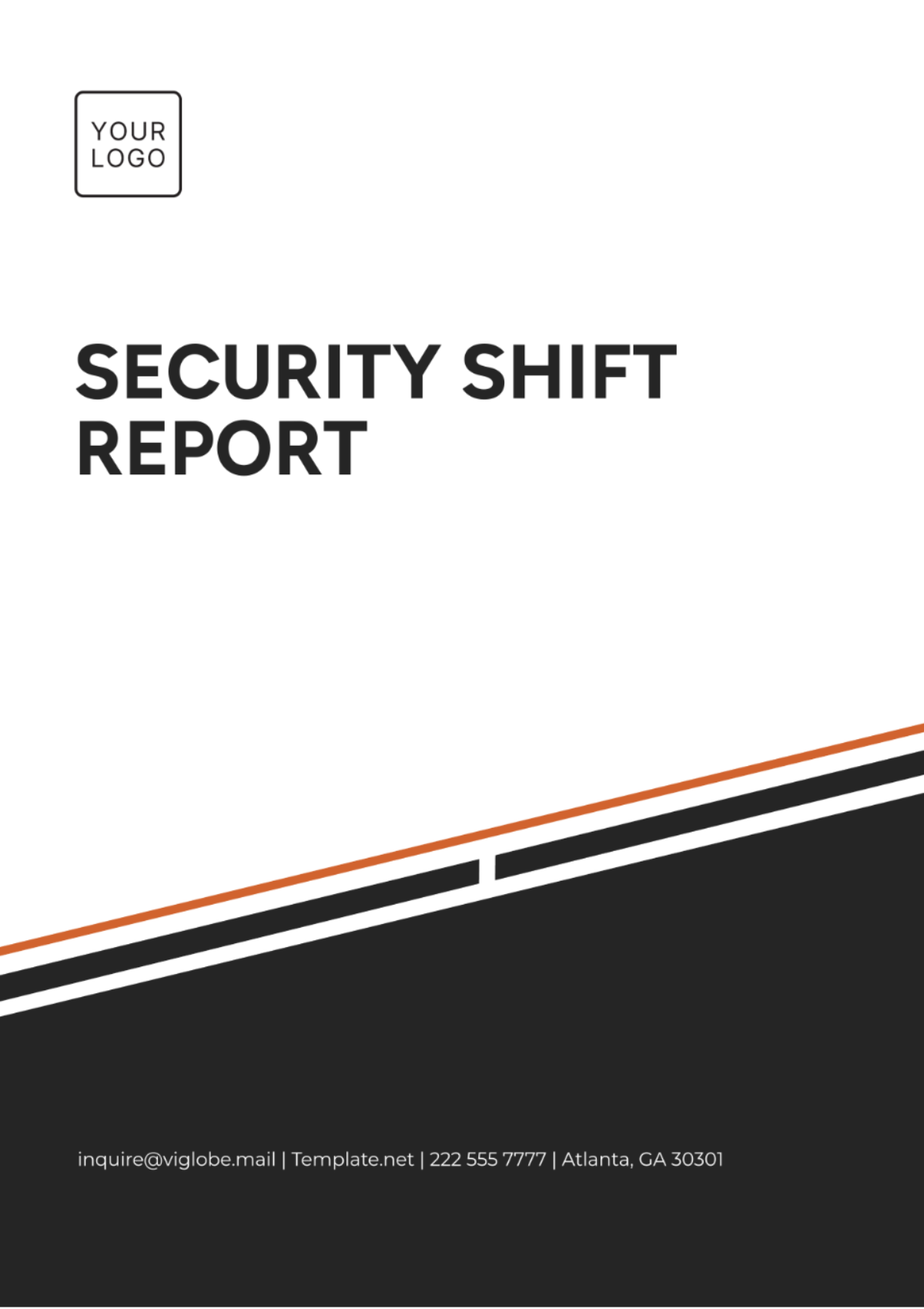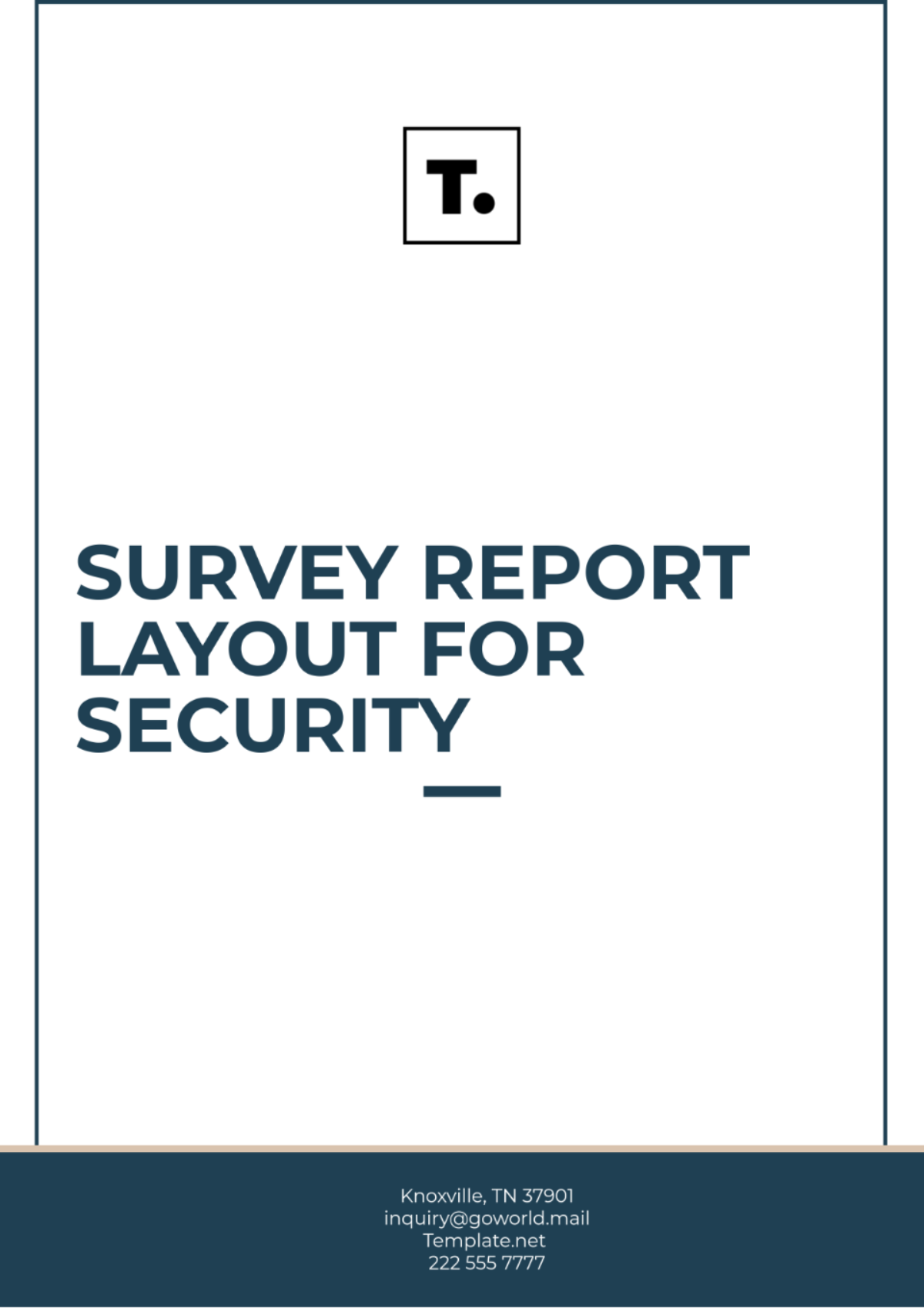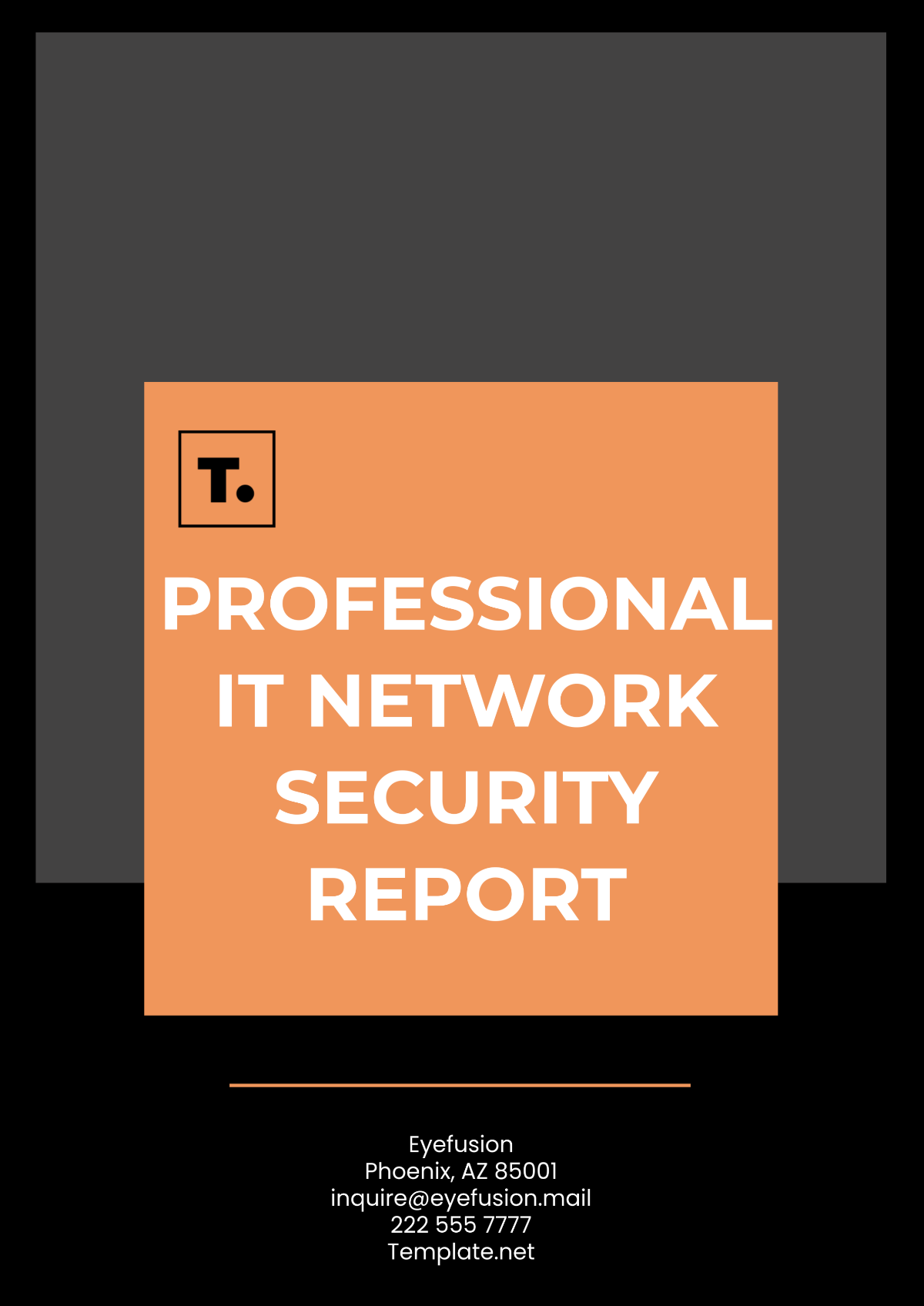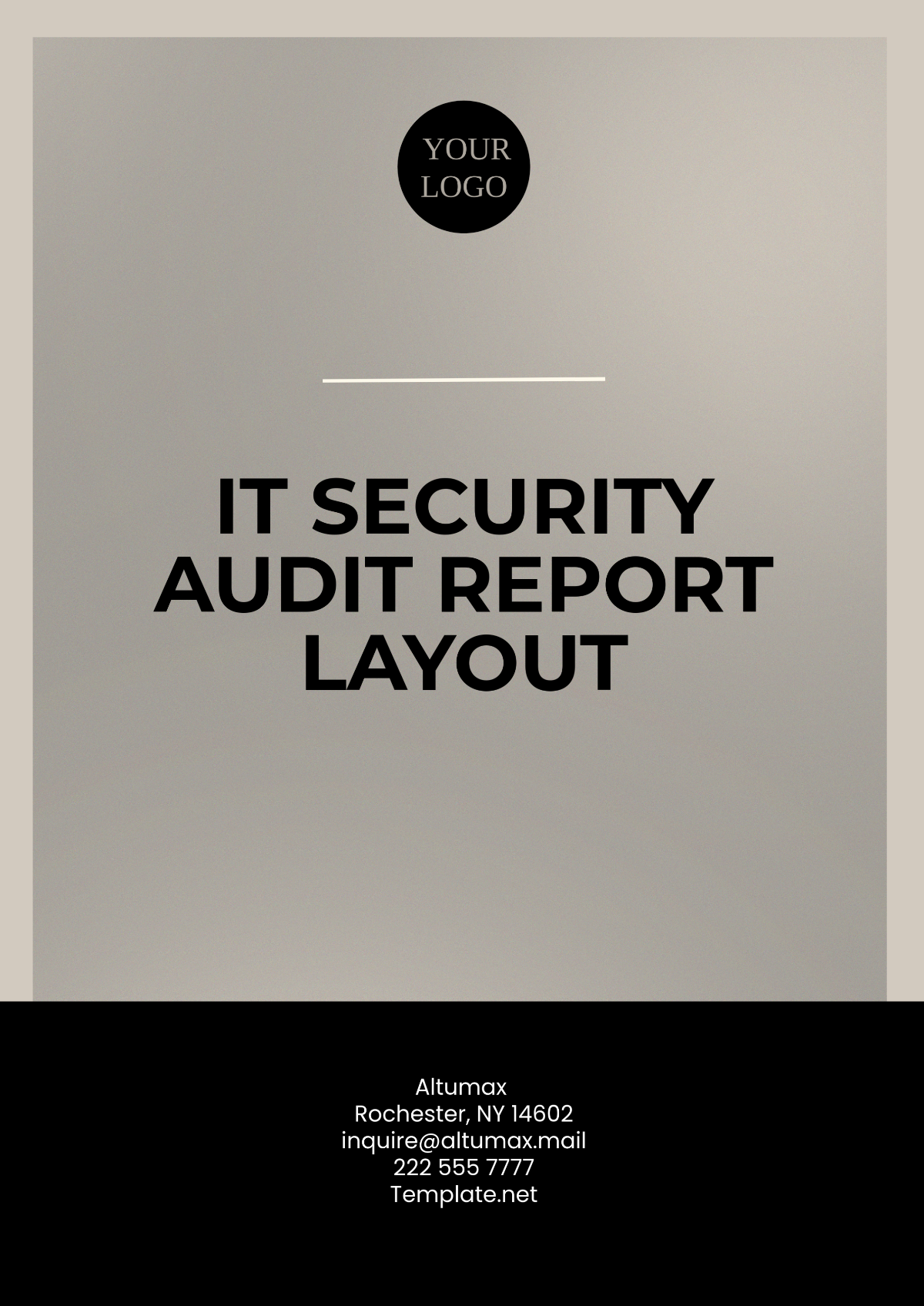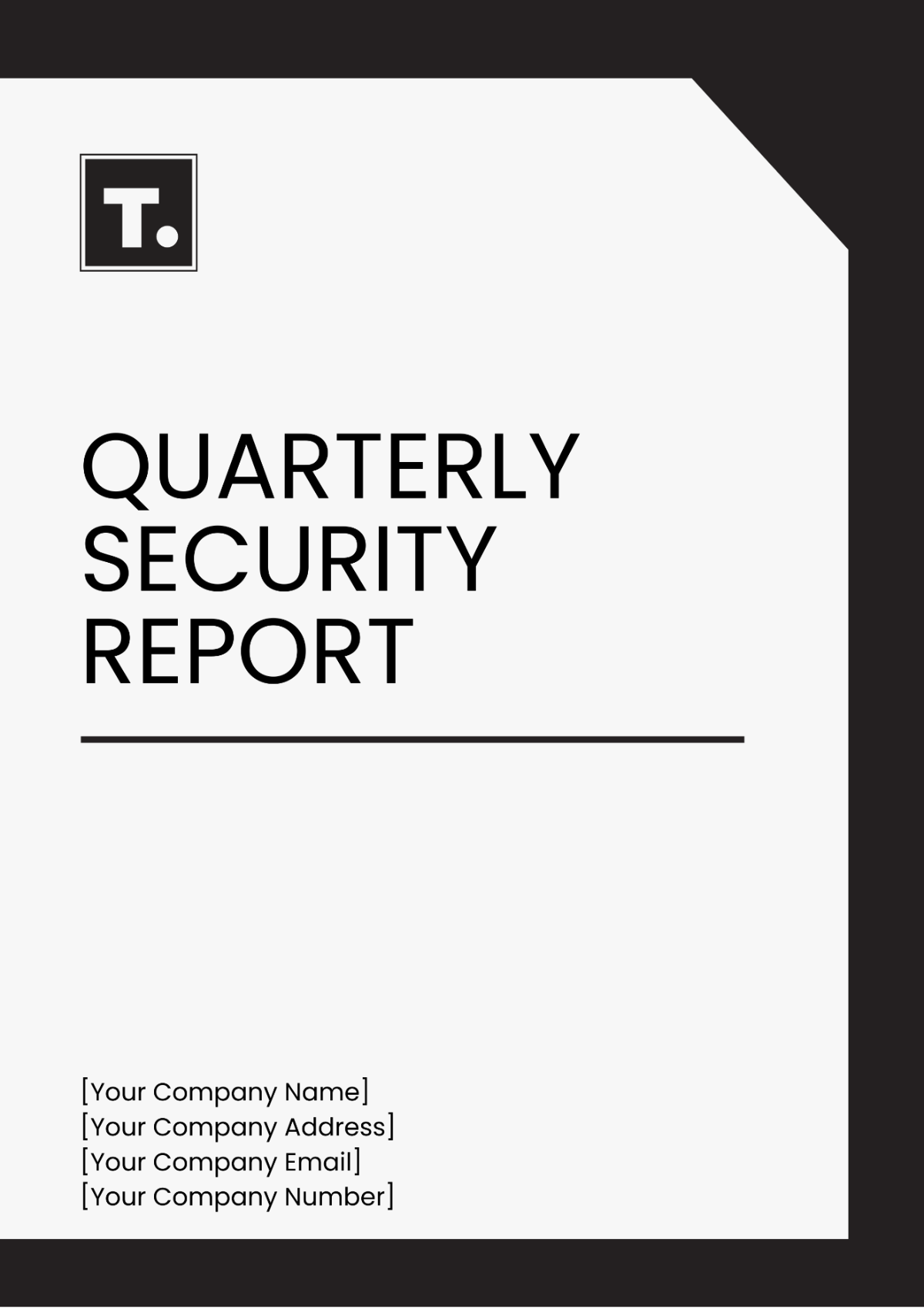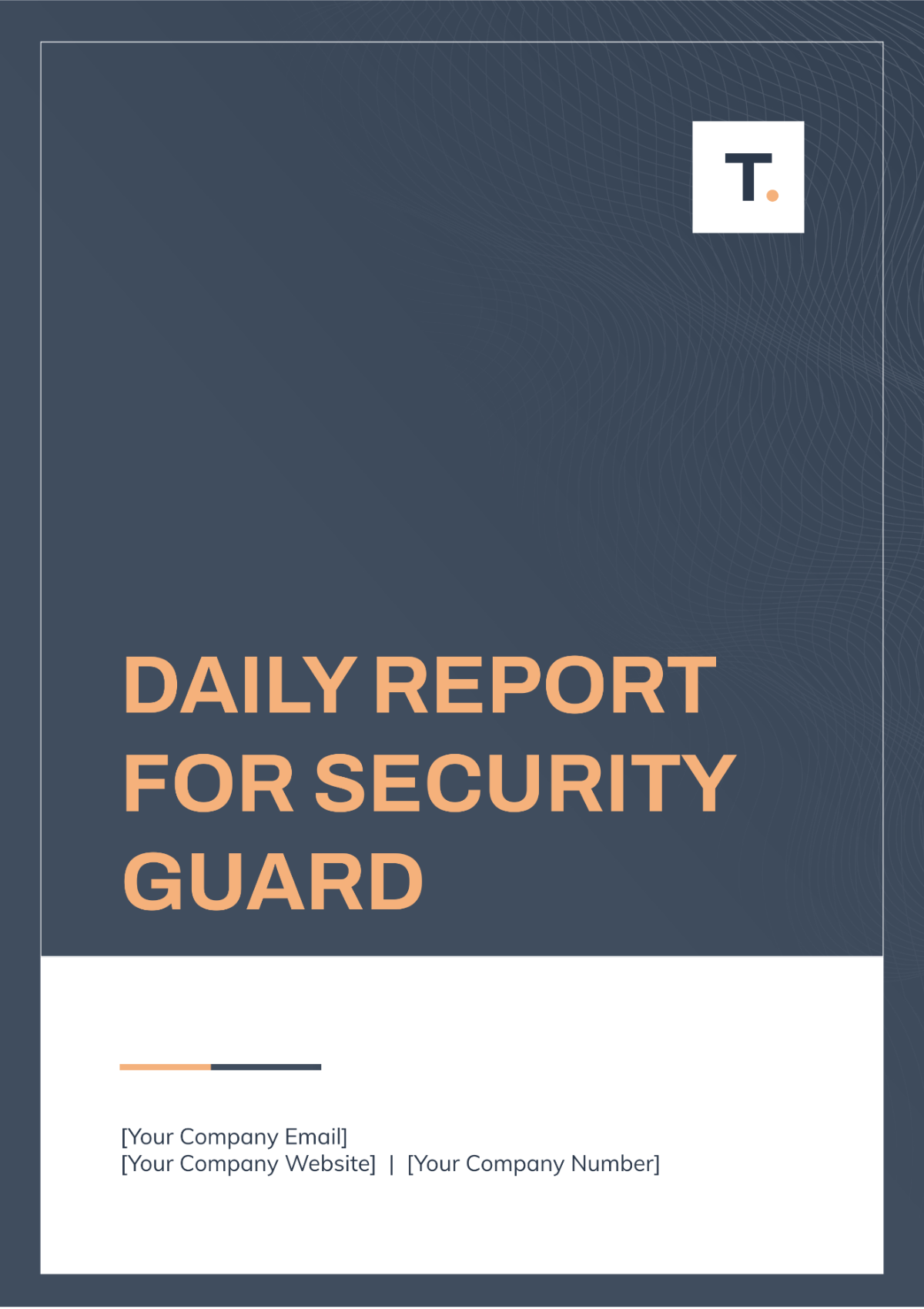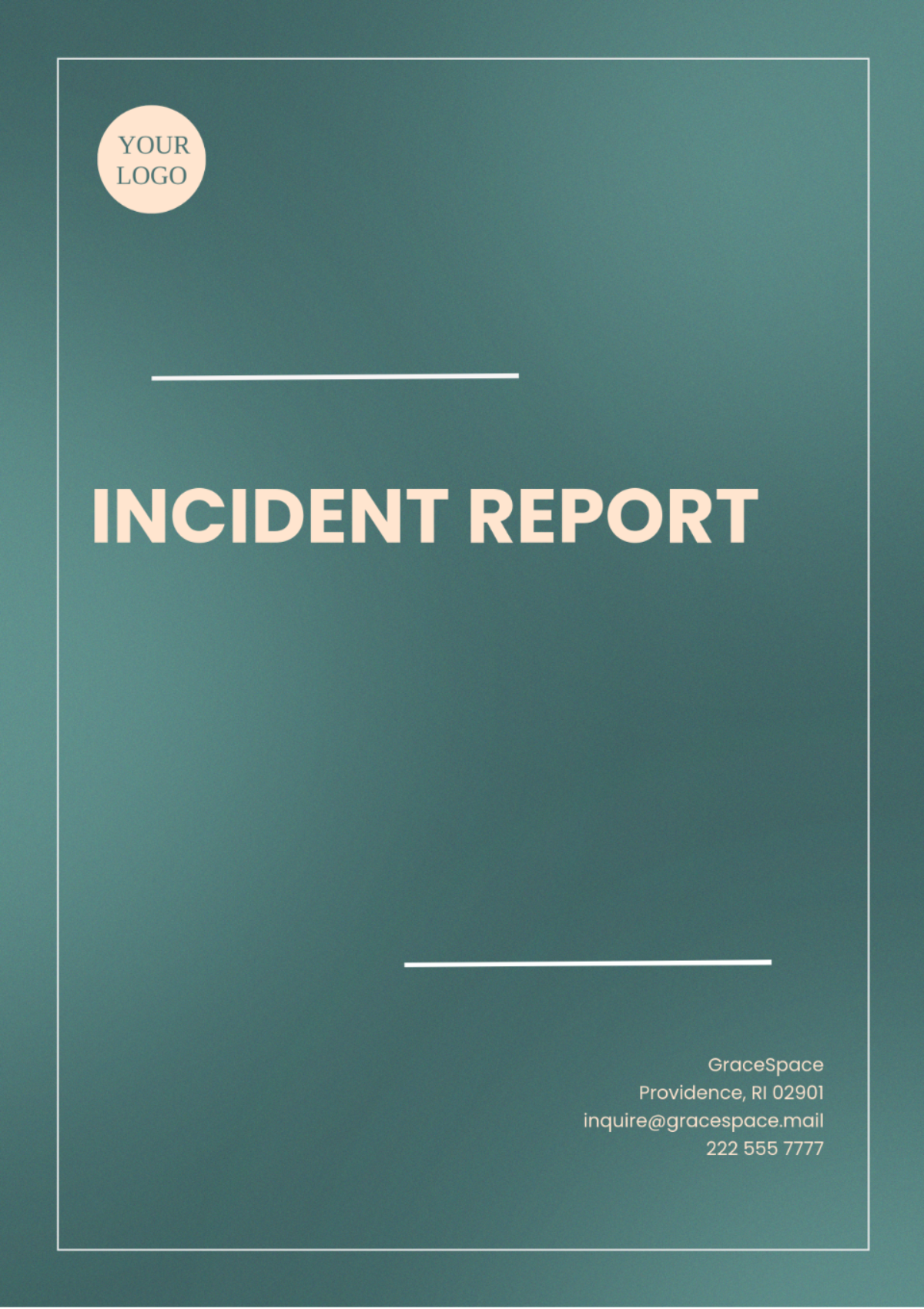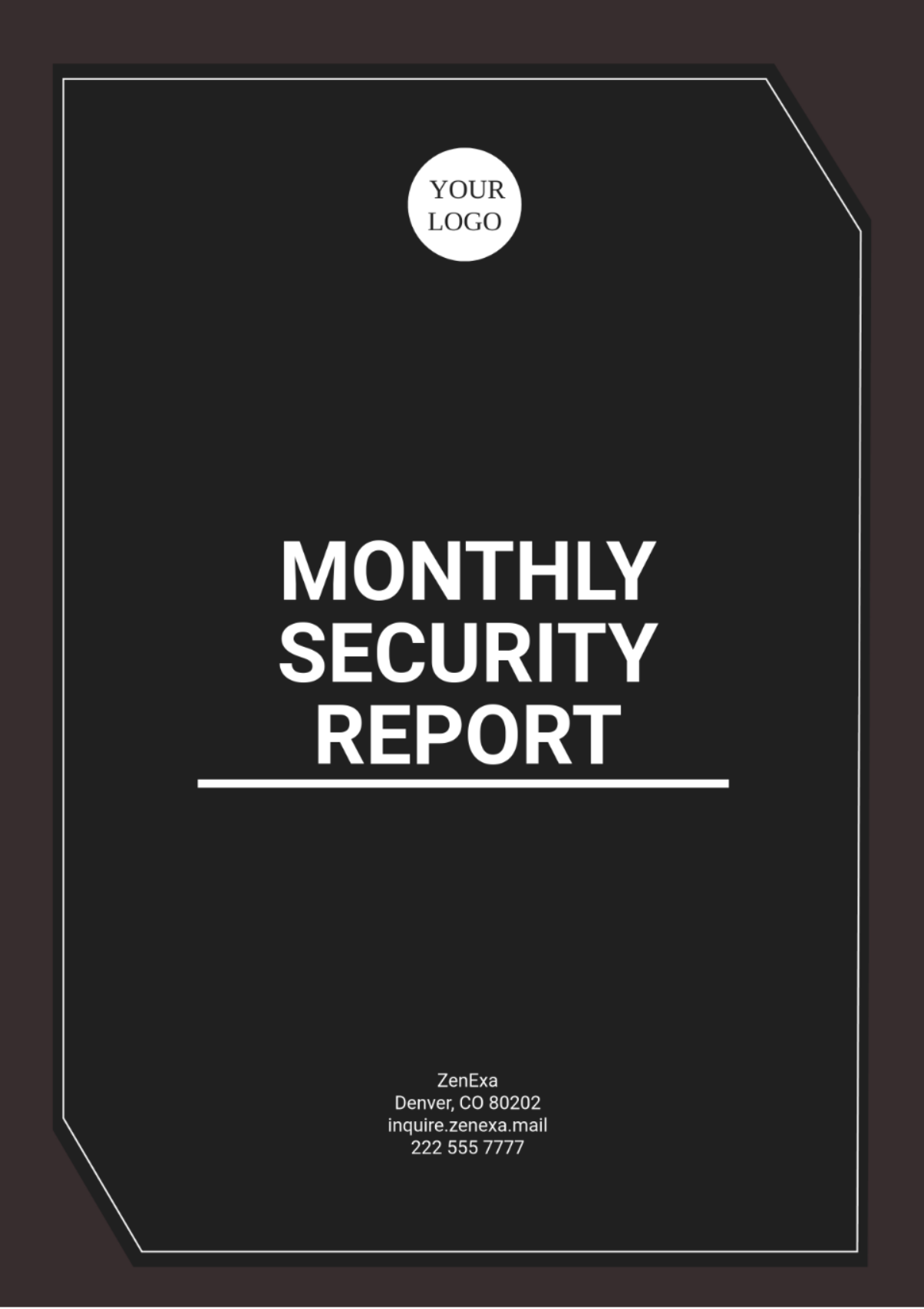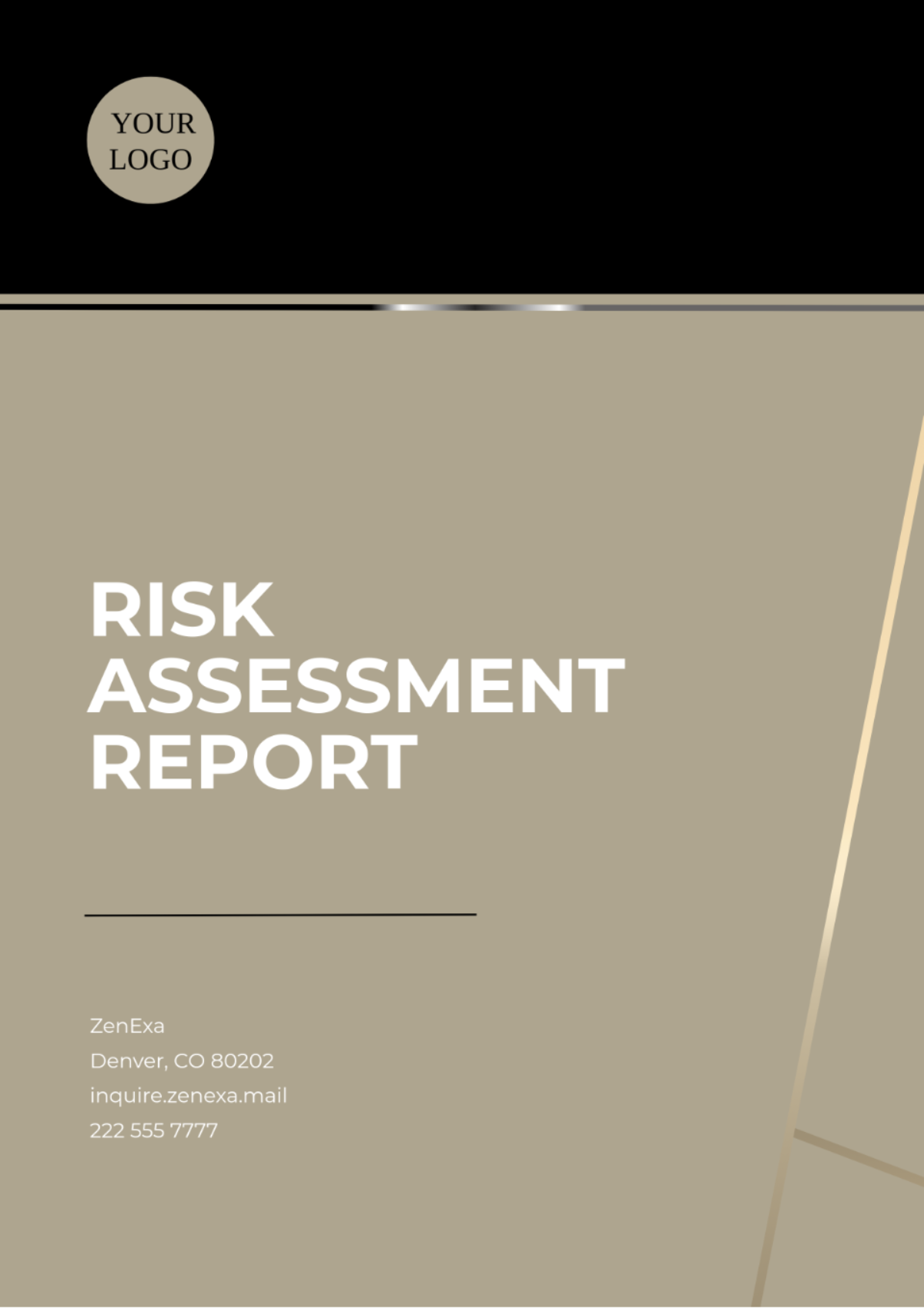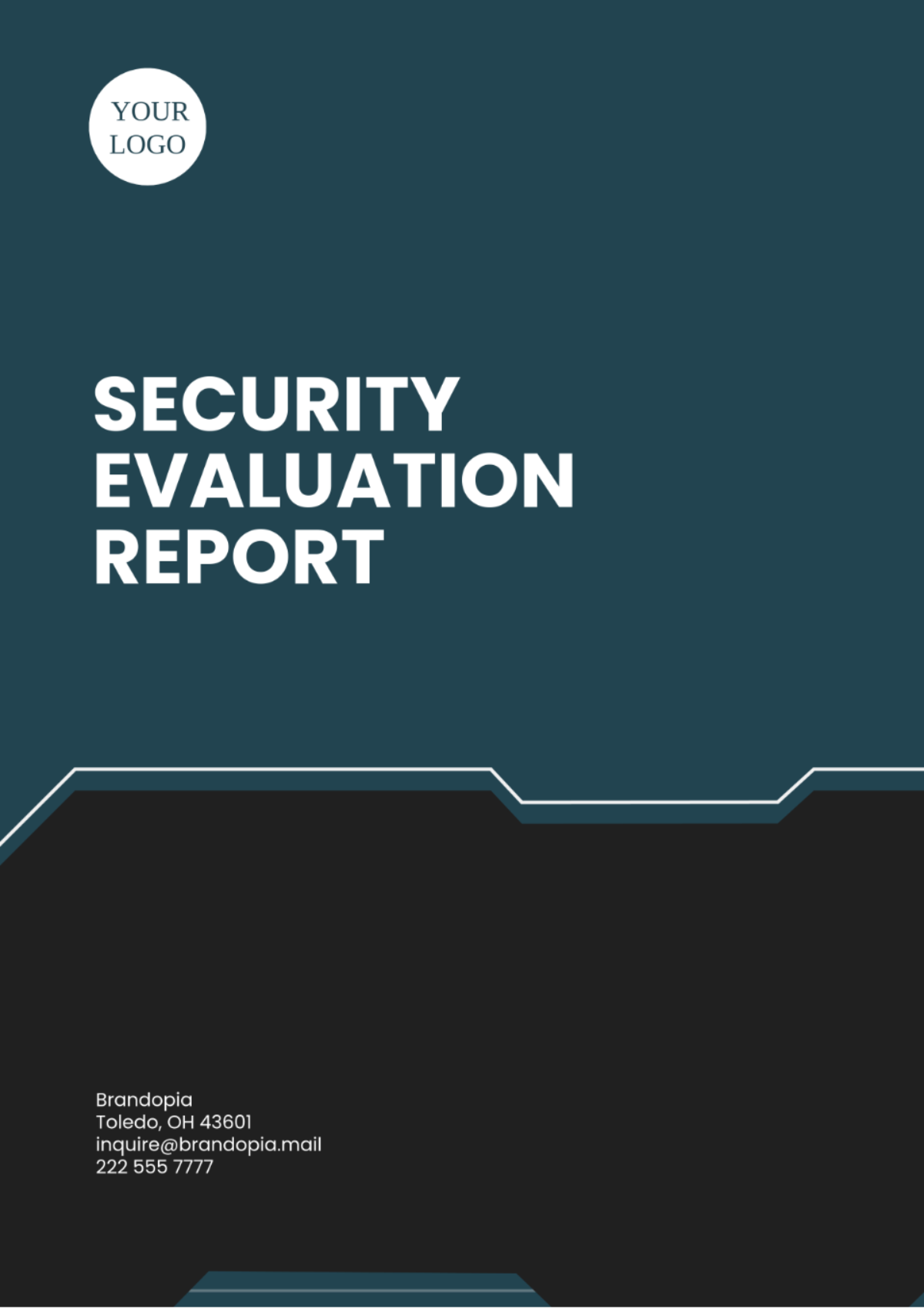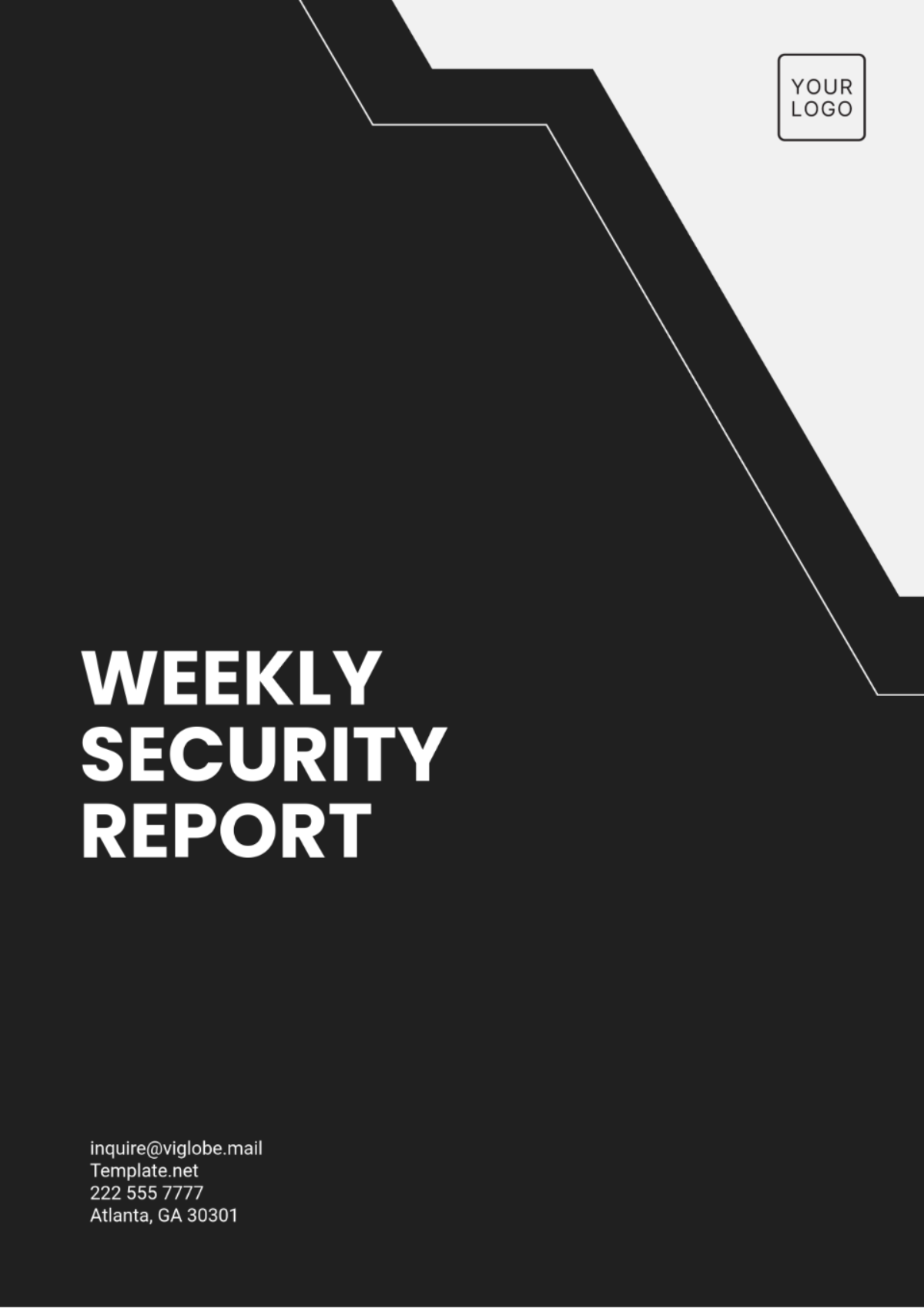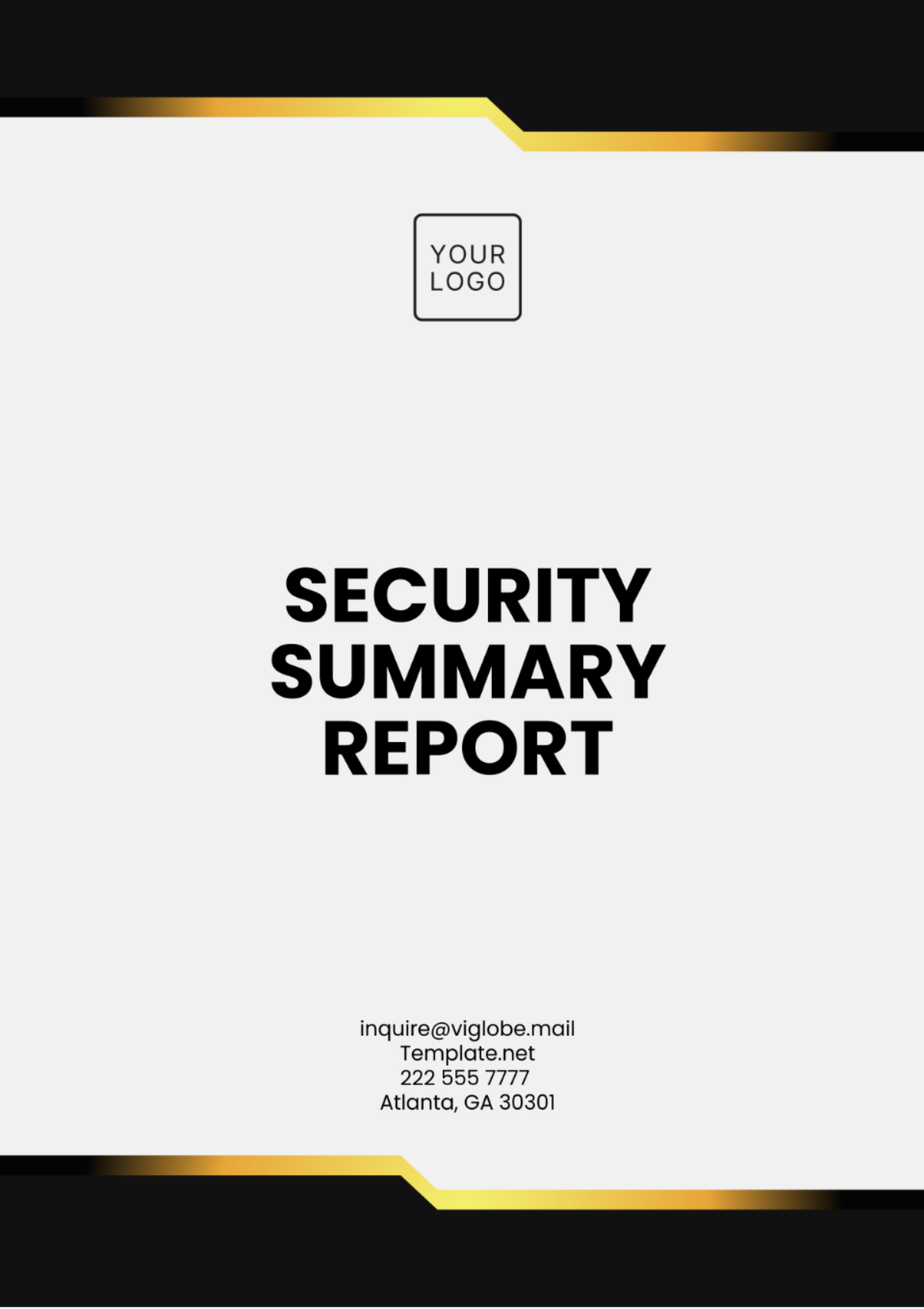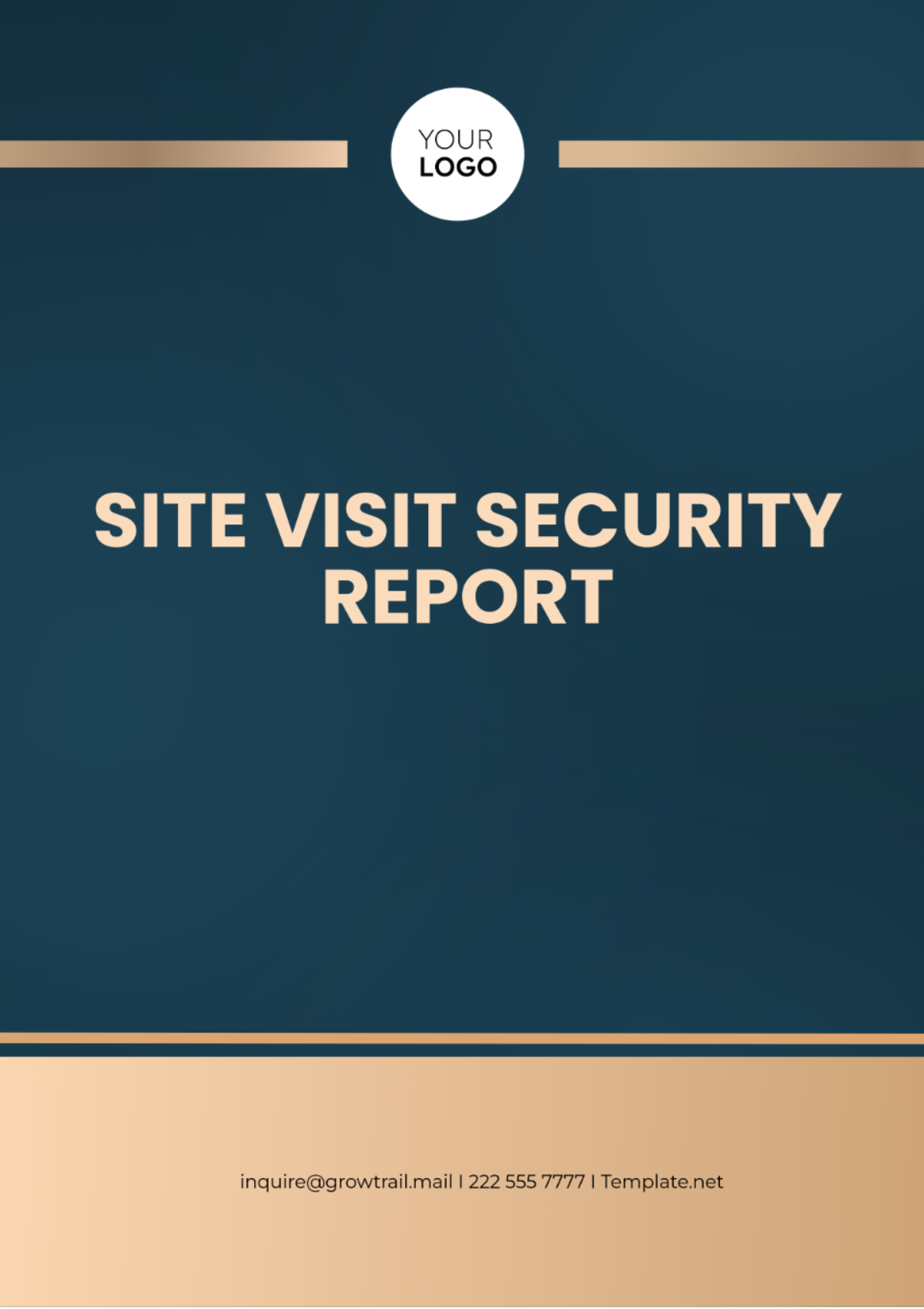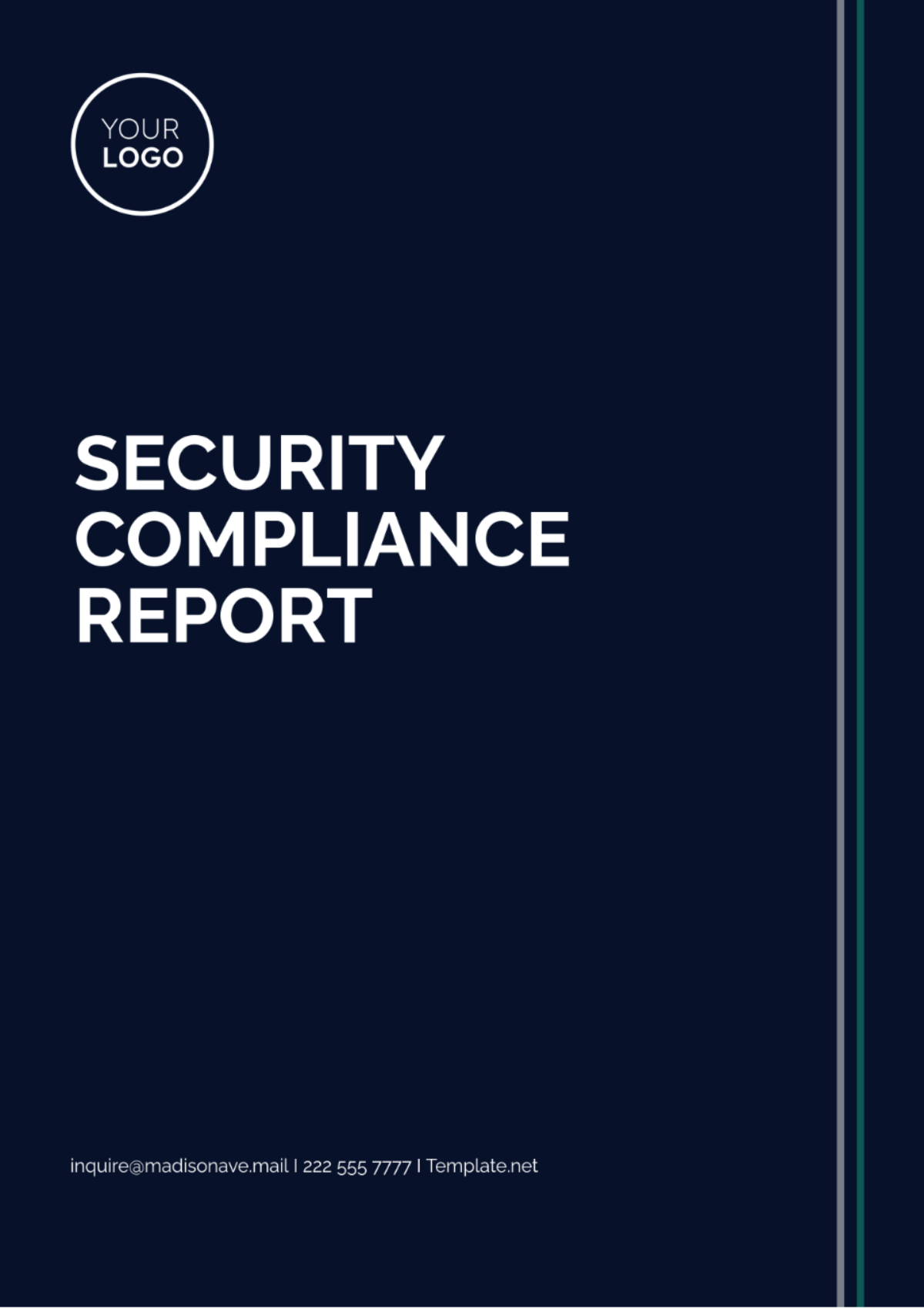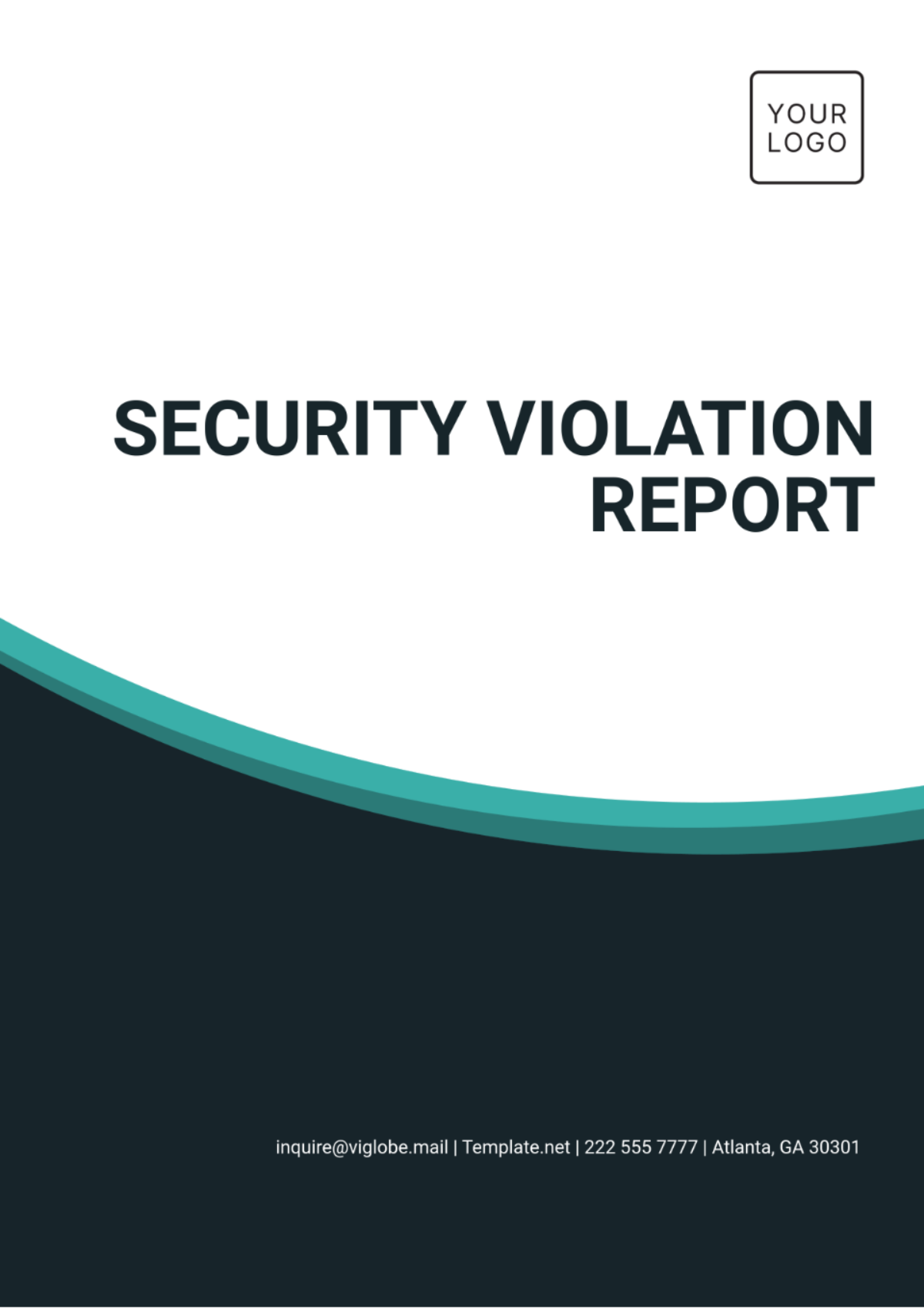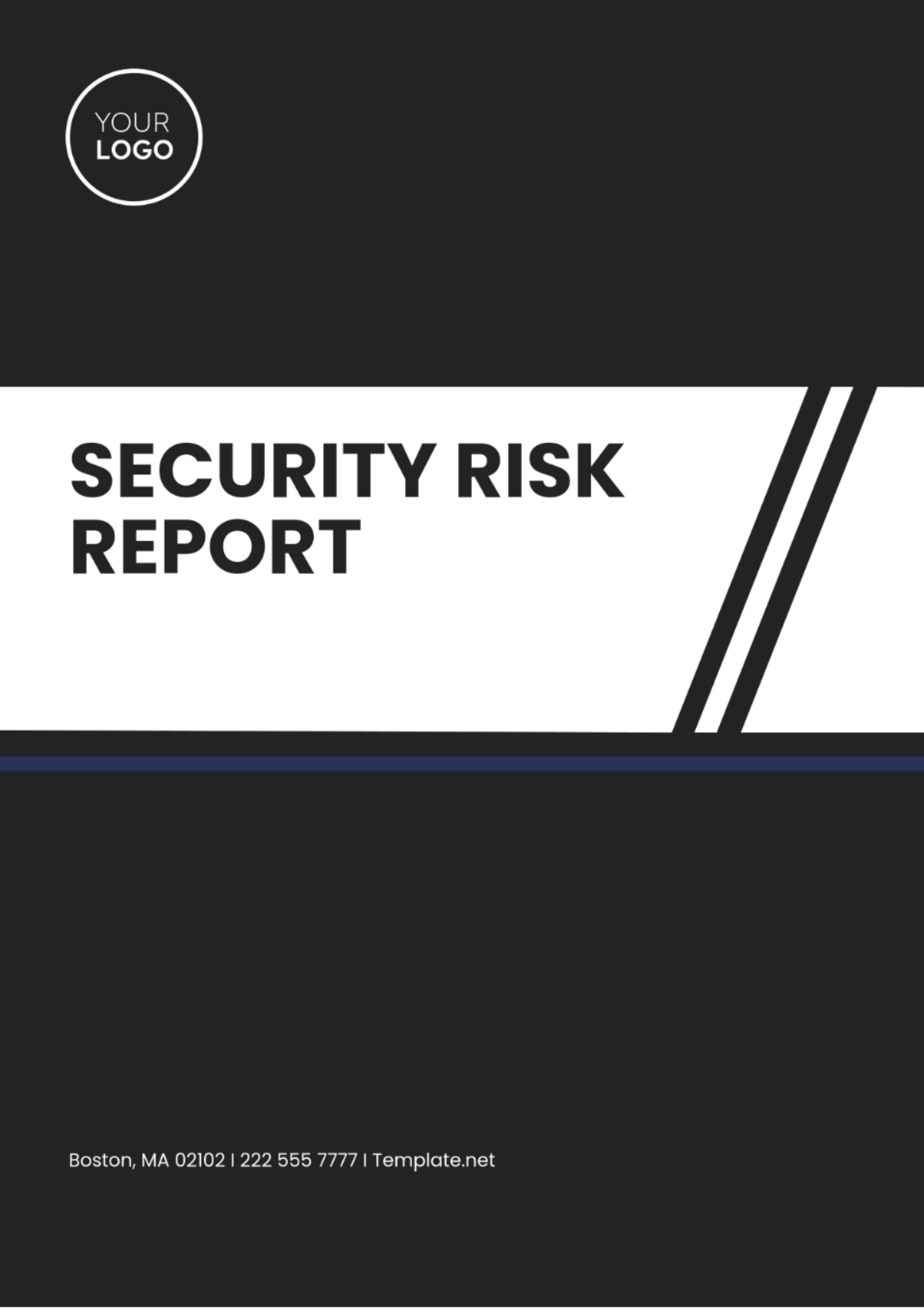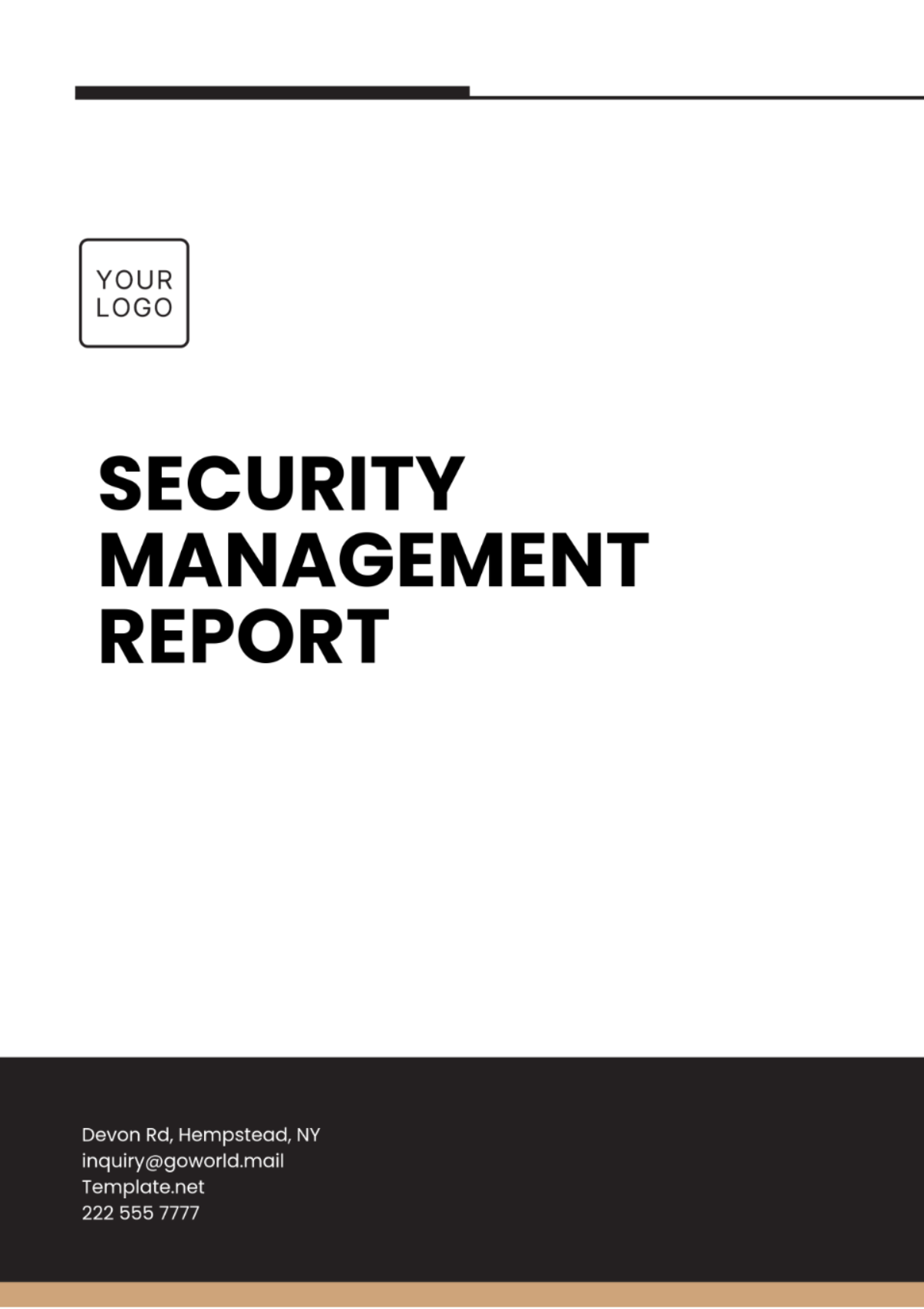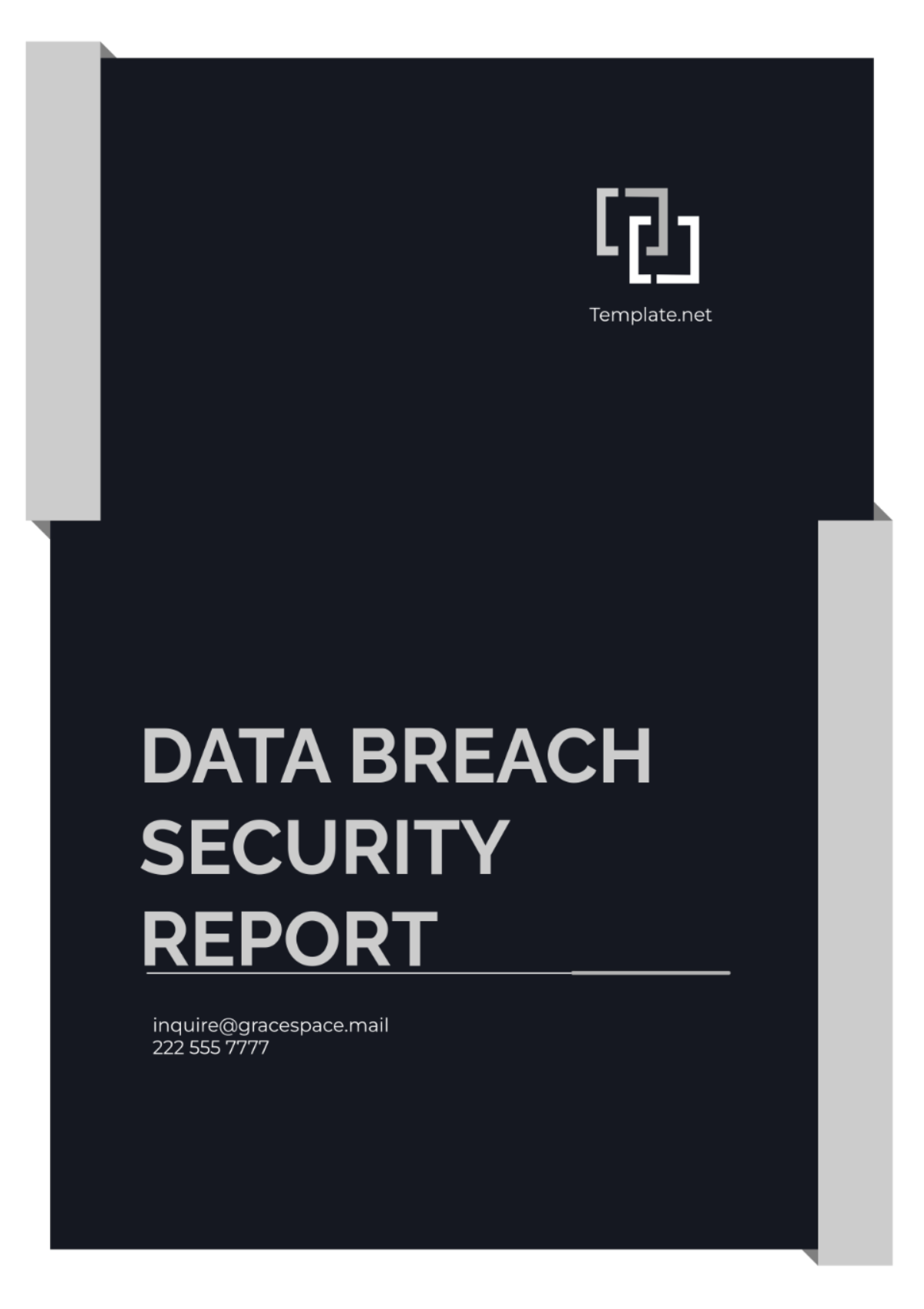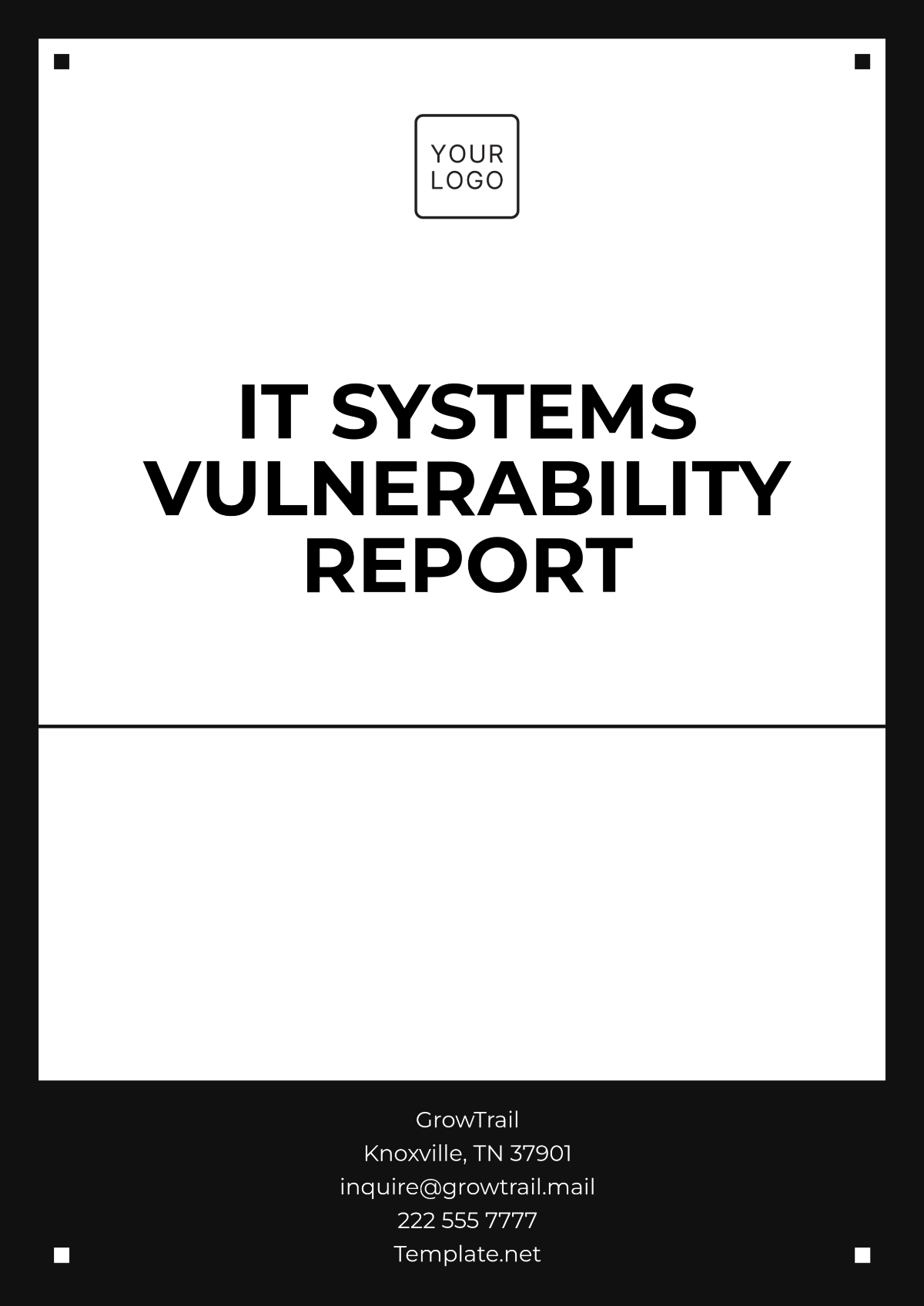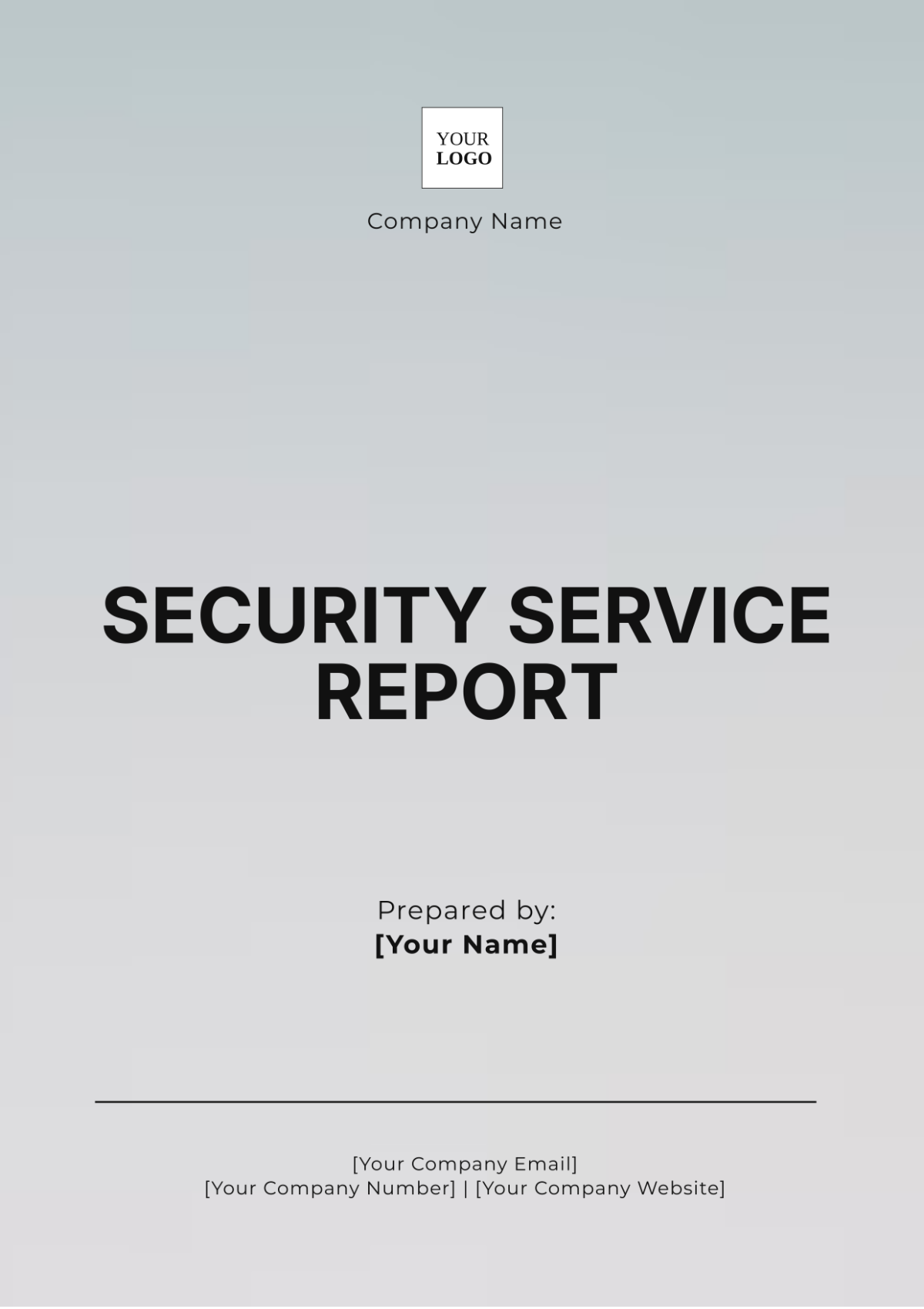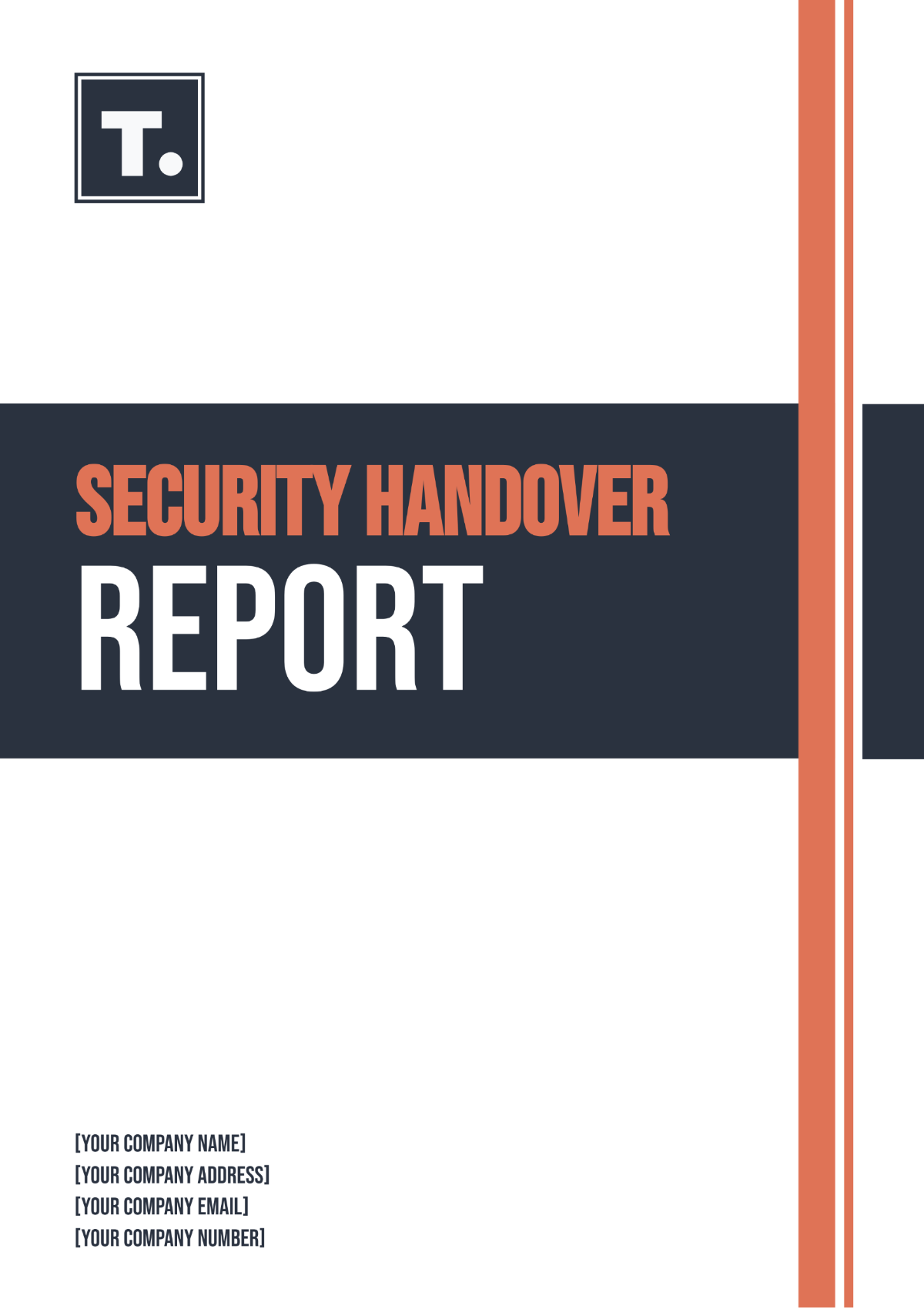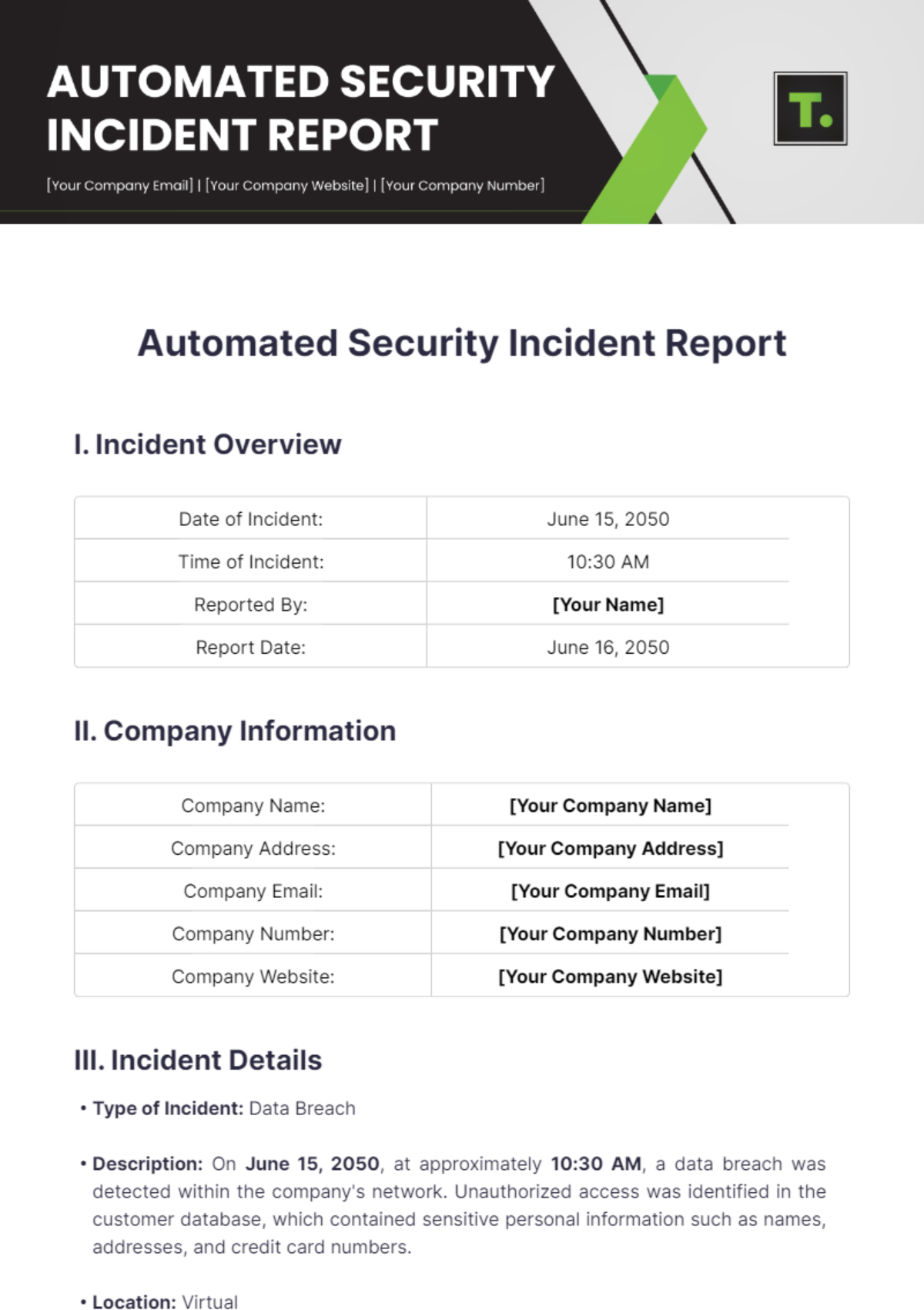SECURITY SUMMARY REPORT
Prepared by: [Your Name]
I. Executive Summary
This Security Summary Report provides an overview of the current security posture of the organization, highlights key vulnerabilities, and suggests measures for improvement. The report covers an assessment period of six months, from April to September 2023. It leverages data from security audits, threat assessments, and incident reports to deliver actionable insights.
II. Threat Landscape Overview
1. Recent Trends in Cybersecurity Threats
In the past six months, the organization has observed a significant increase in phishing attacks and ransomware incidents. These attacks have evolved in sophistication and require enhanced detection and response strategies. Additionally, there has been a marked rise in insider threats, emphasizing the need for more robust access control measures.
2. Threat Statistics
Threat Type | Number of Incidents | Percentages Increase |
|---|---|---|
Phishing | 120 | 45% |
Ransomware | 35 | 60% |
Insider Threats | 15 | 30% |
III. Vulnerability Assessment
1. Current Vulnerabilities
The vulnerability assessment identified various critical and high-priority vulnerabilities within the organization's IT infrastructure. These vulnerabilities are primarily located in outdated software systems and unpatched network devices. The most significant vulnerabilities identified are:
Outdated software versions across servers
Lack of encryption in internal communications
Insecure APIs in legacy applications
2. Risk Mitigation Strategies
To mitigate the risks associated with identified vulnerabilities, the following strategies are recommended:
Implement regular patch management processes
Enhance encryption protocols for sensitive data
Conduct regular security training for employees
Implement strict access controls with regular audits
IV. Security Incident Response
1. Incident Response Objectives
The primary objectives of the incident response plan are to minimize the impact of security incidents, facilitate quick recovery, and continuous improvement of response protocols. This section evaluates the efficiency of the current incident response strategies and suggests improvements.
2. Recent Incidents and Responses
Date | Incident | Response Time | Outcome |
|---|---|---|---|
June 2085 | Ransomware | 2 hours | Data recovered with minimal loss |
August 2085 | Phishing Attempt | 30 minutes | Attack thwarted, no data breach |
V. Conclusion and Recommendations
In conclusion, the organization has made significant strides in strengthening its security framework despite the evolving threat landscape. However, continuous vigilance and proactive measures are crucial to safeguarding assets further. Implementing a layered security approach and maintaining up-to-date threat intelligence will be key to future success.
Recommended actions include regular updates to all software systems, enhanced employee training, and the integration of advanced threat detection tools. Engaging in regular security drills and audits will also bolster defense mechanisms against potential threats.
